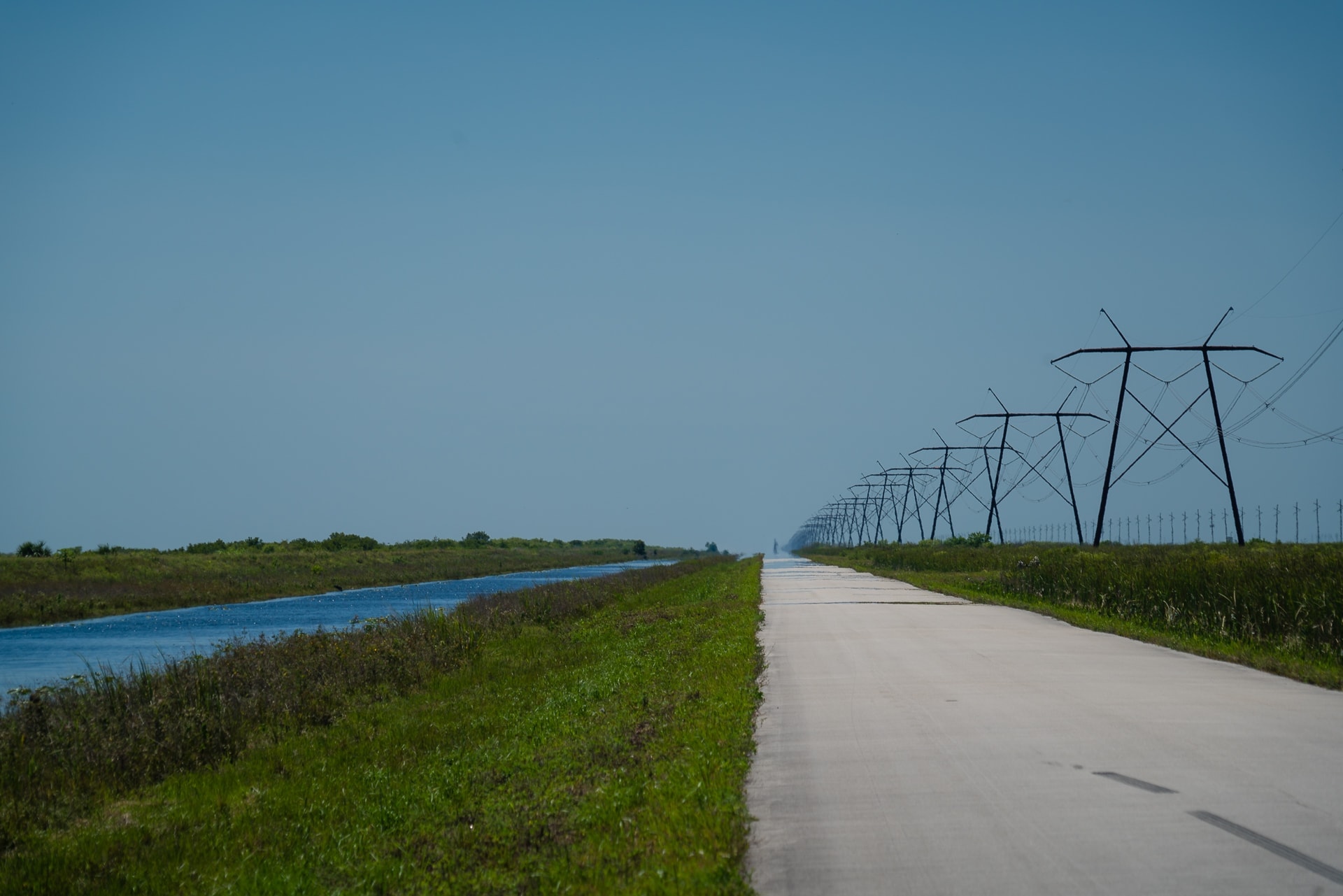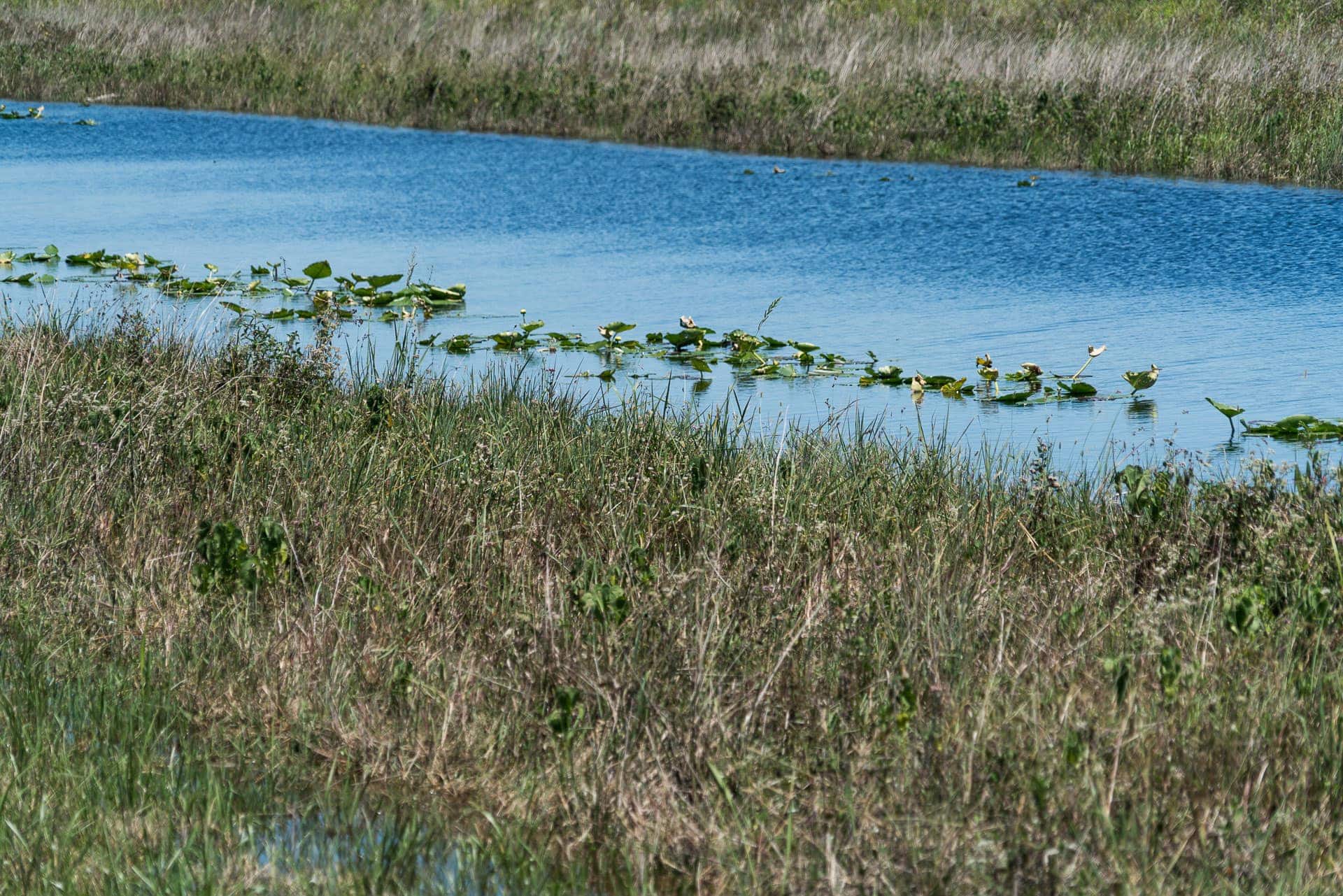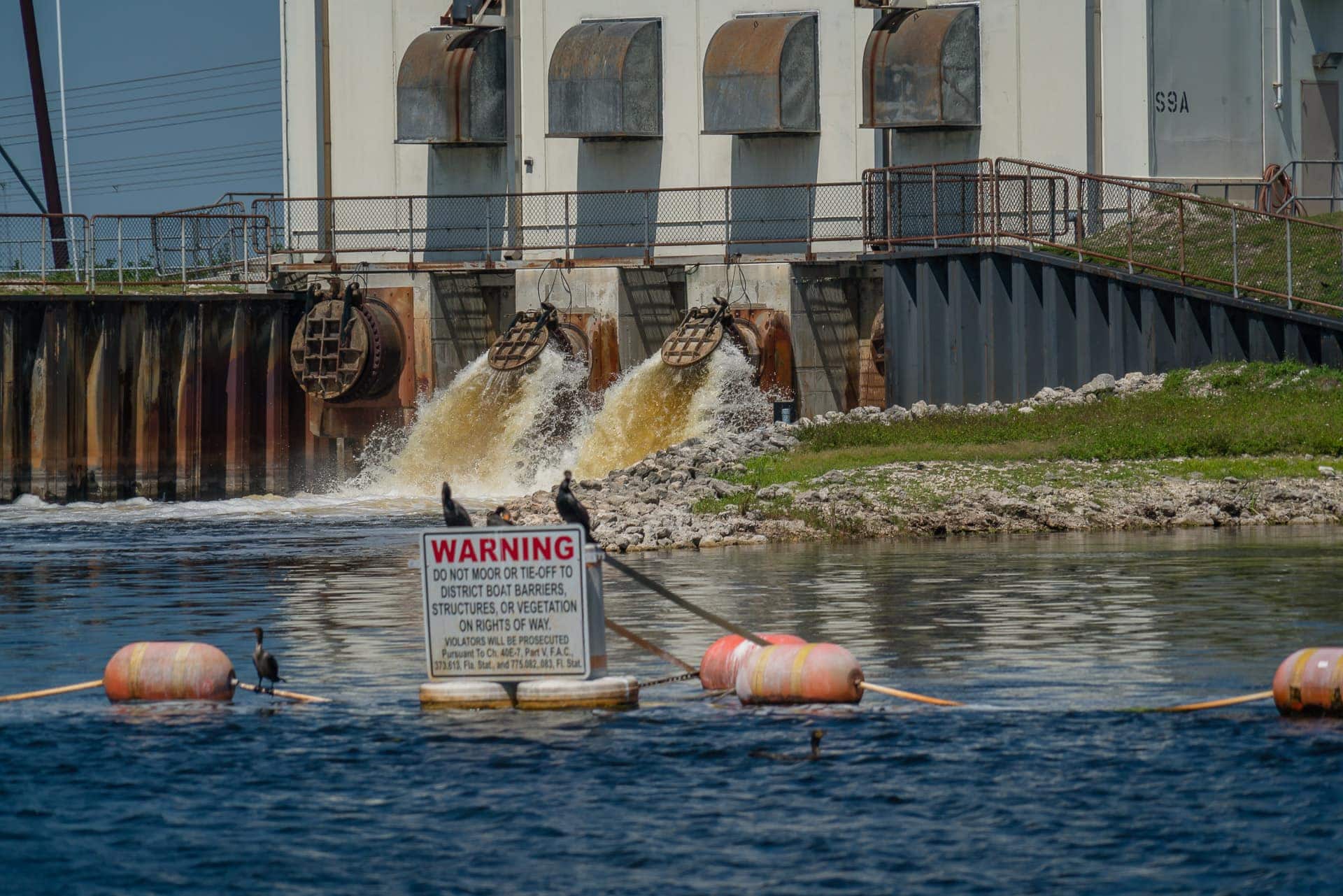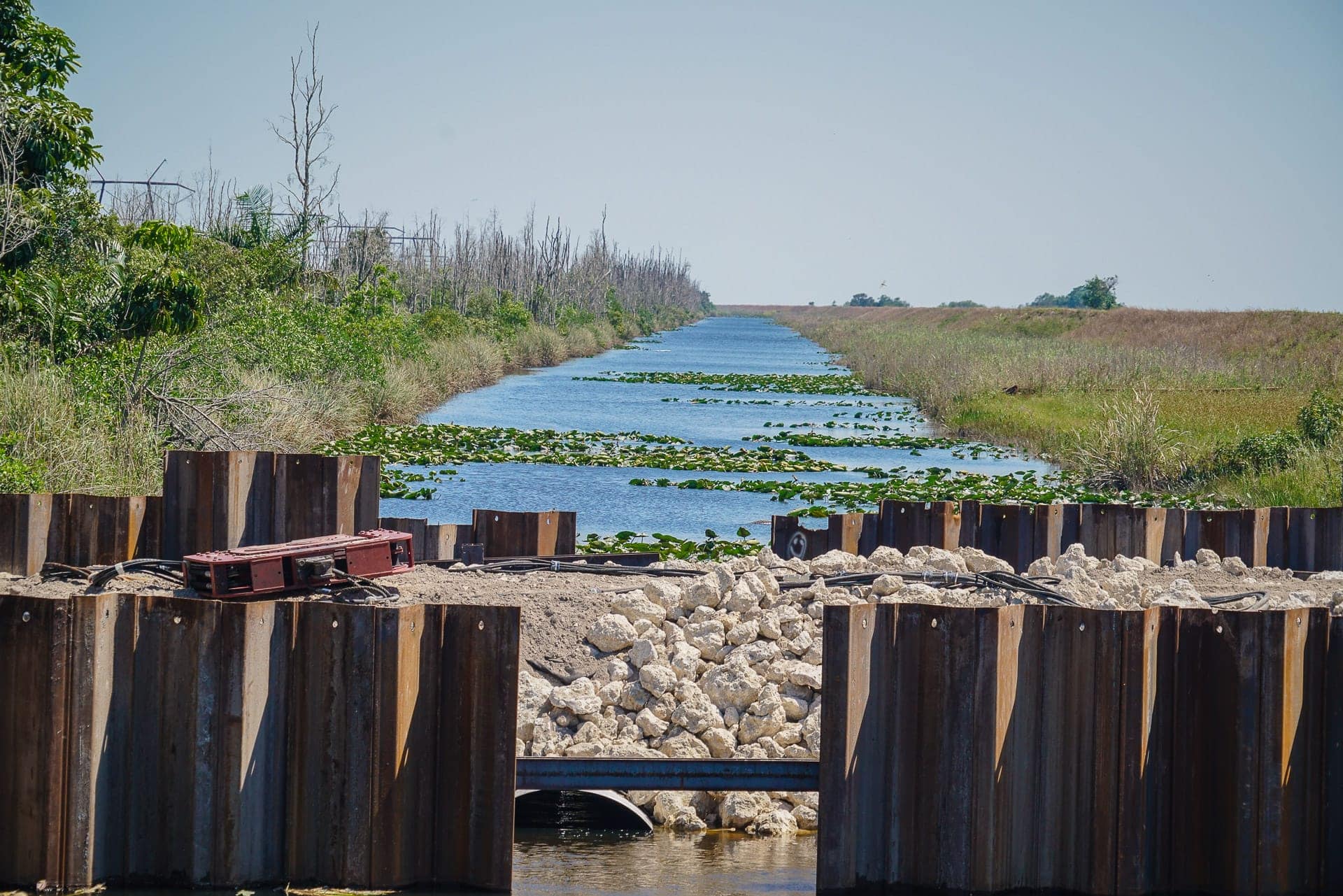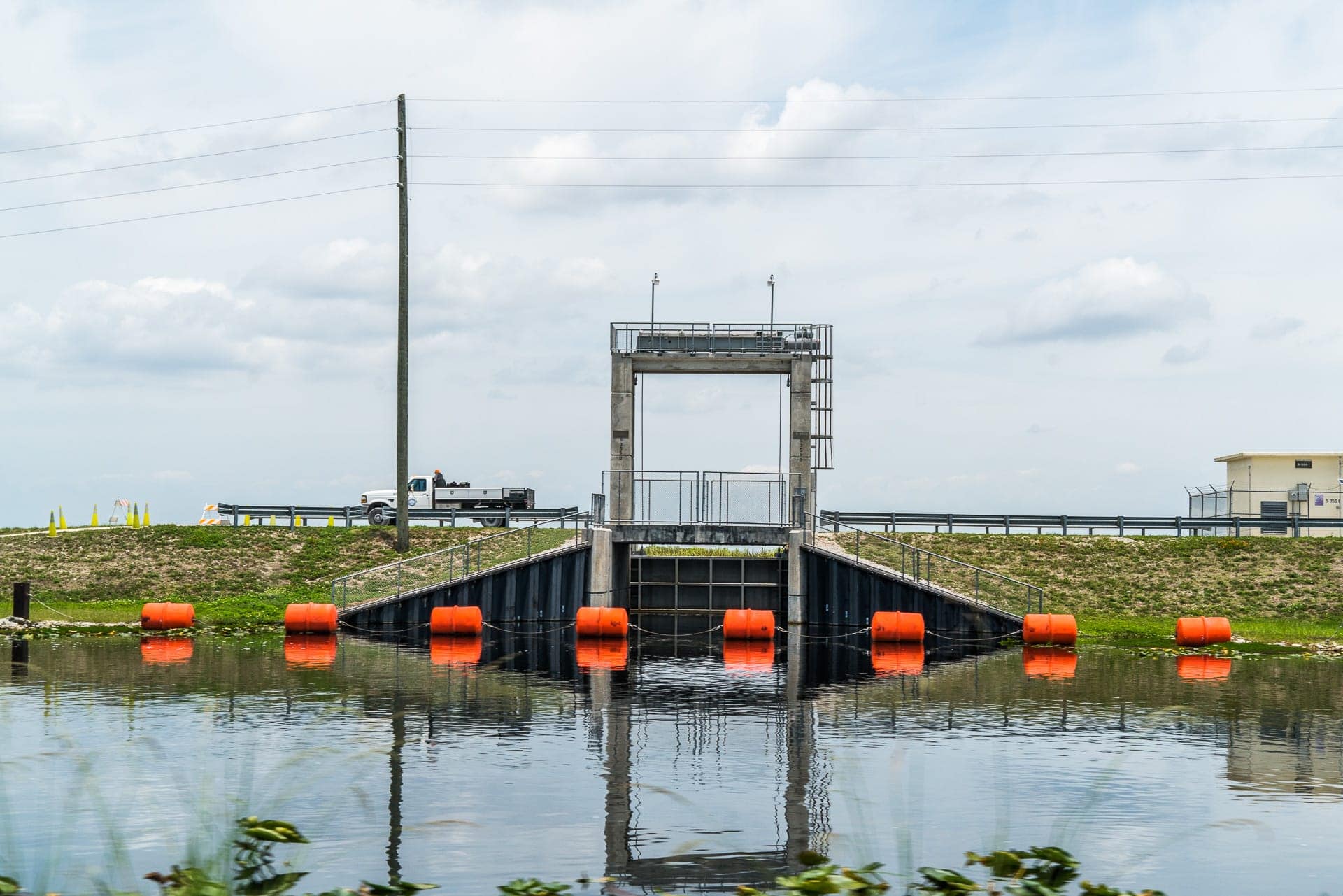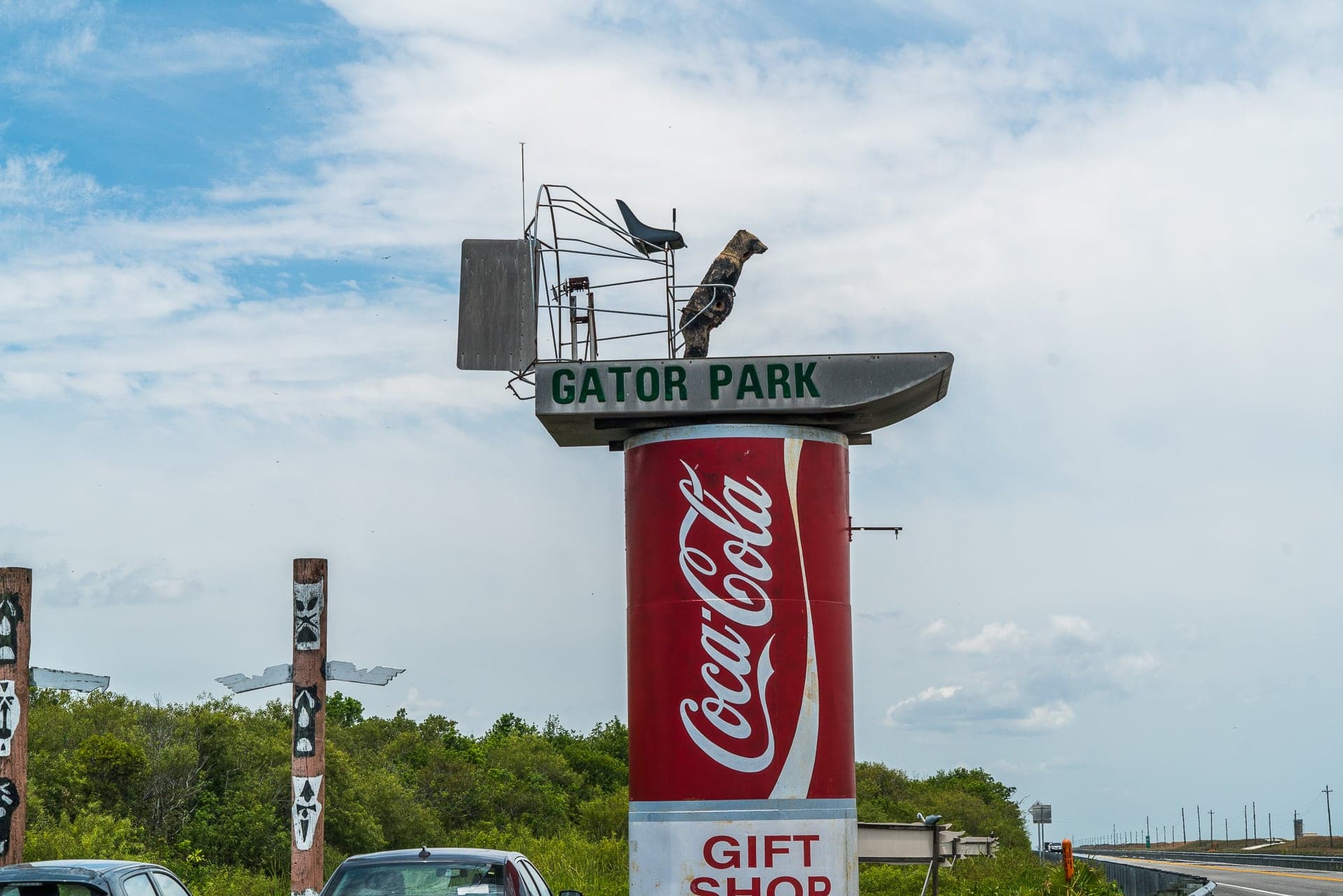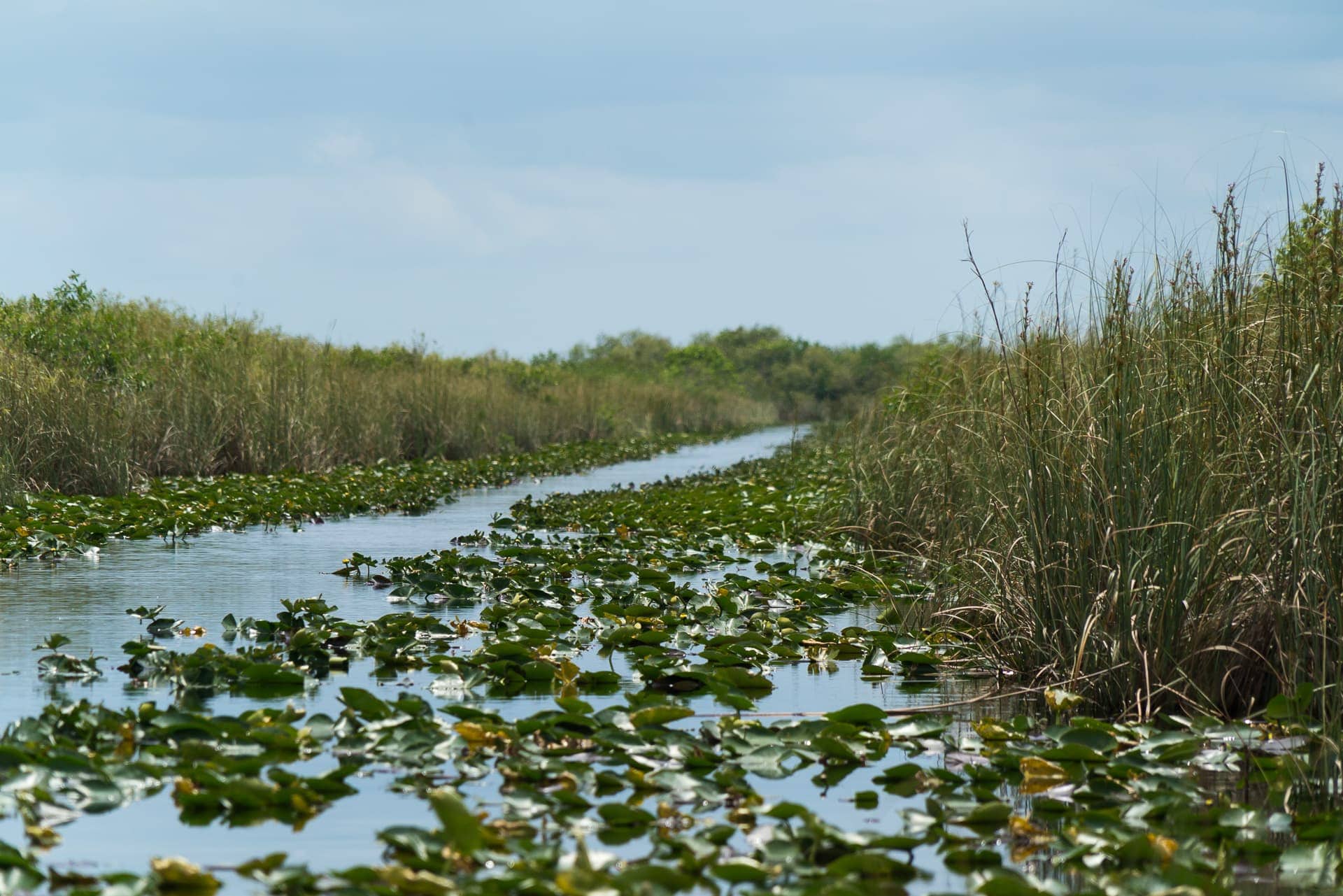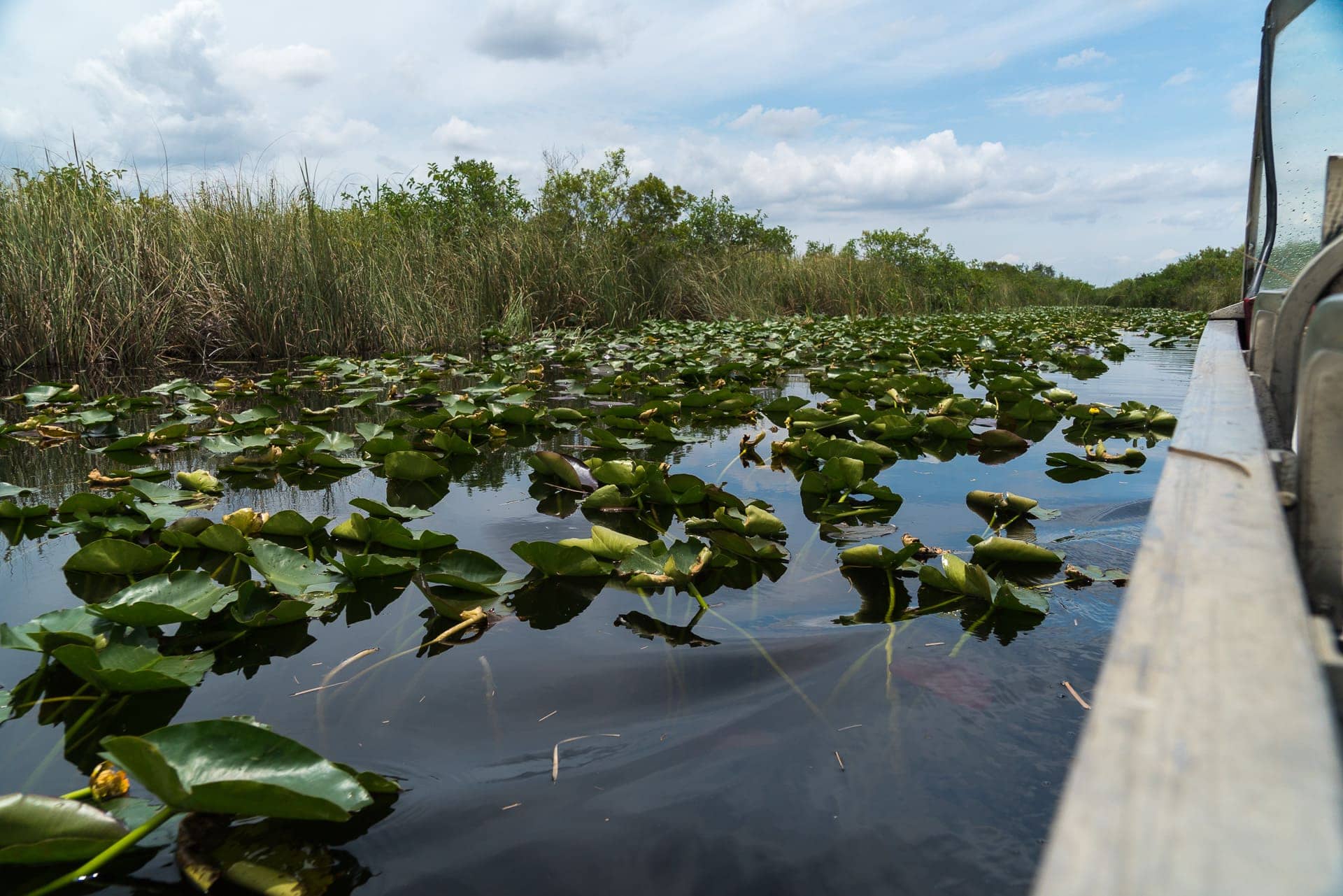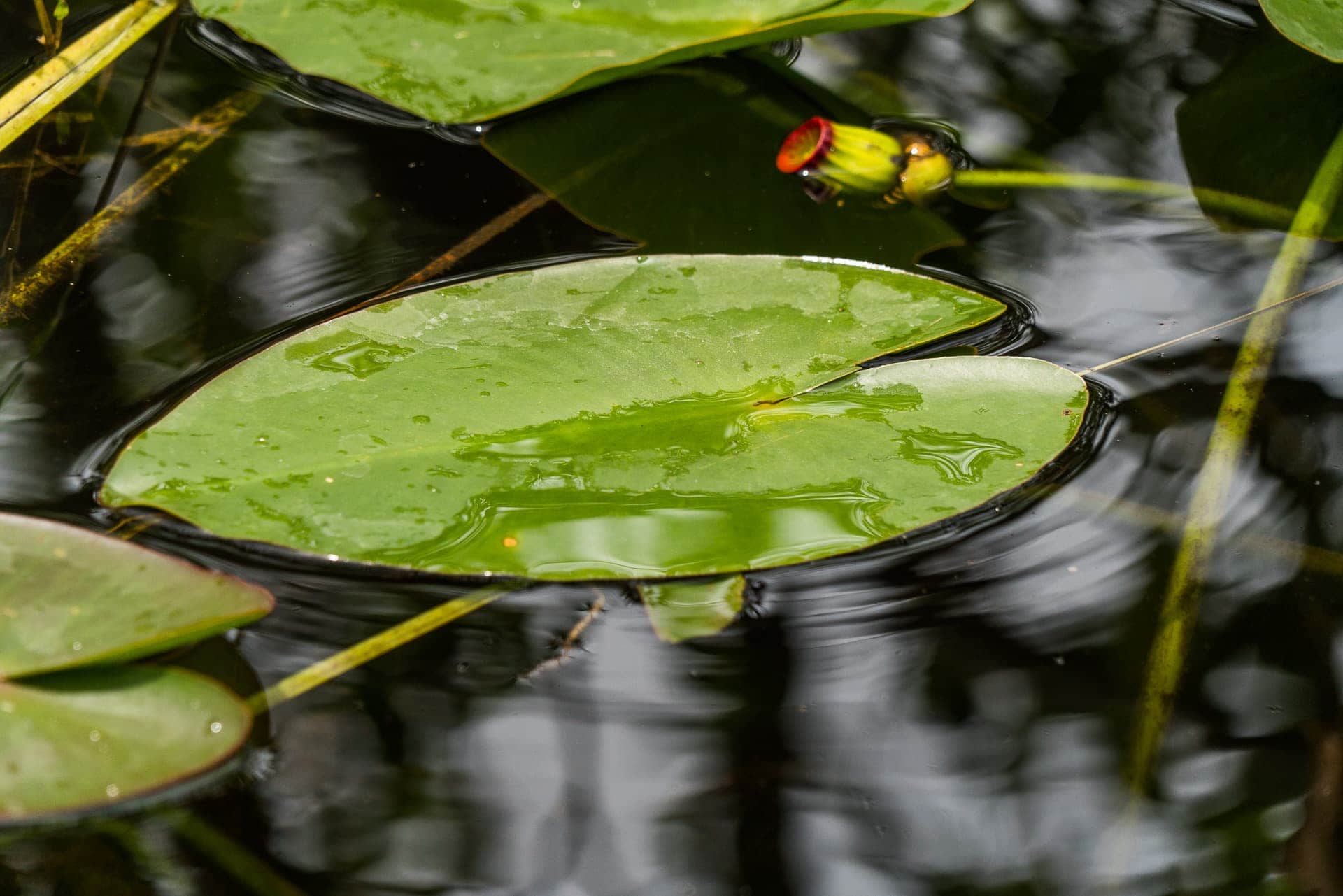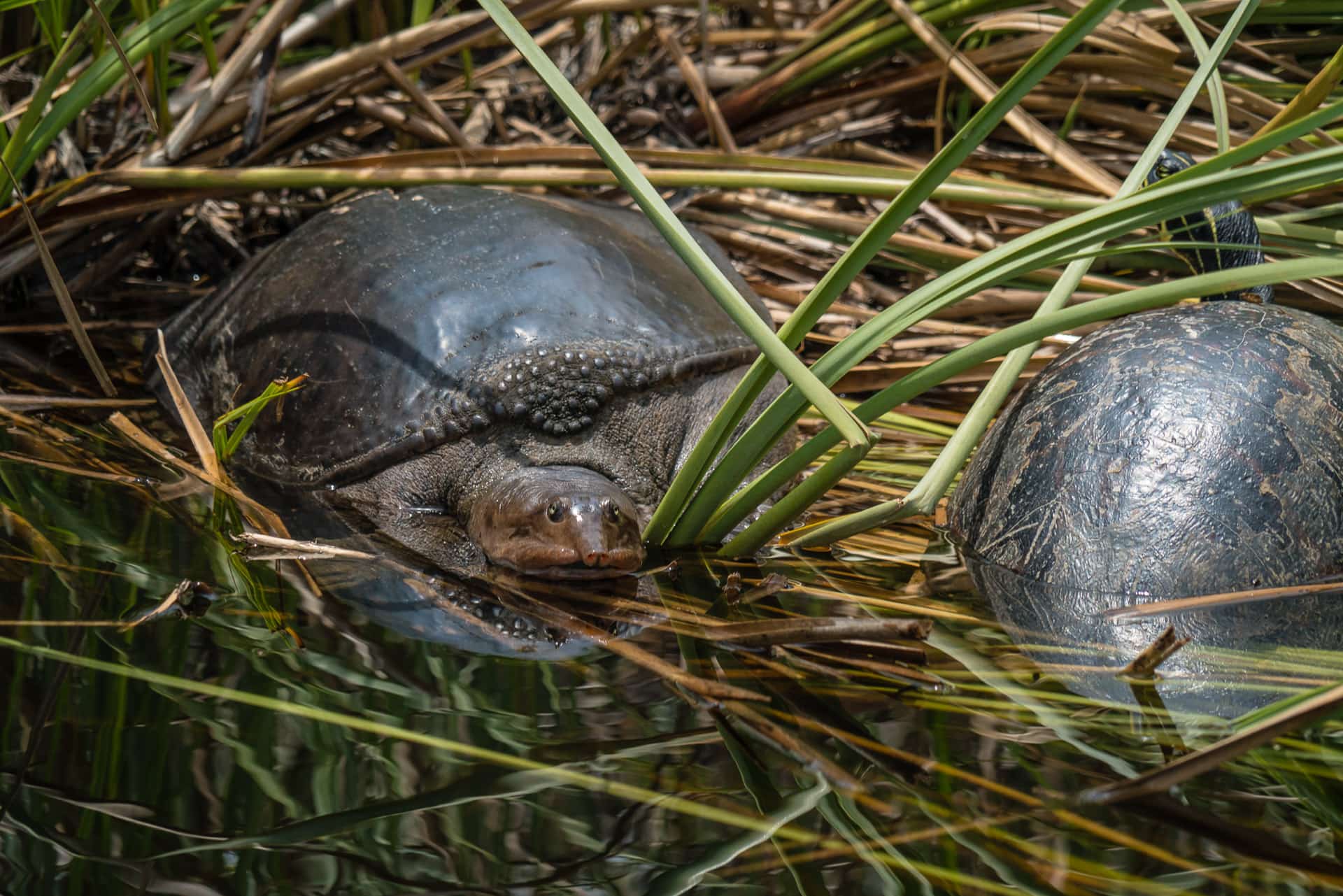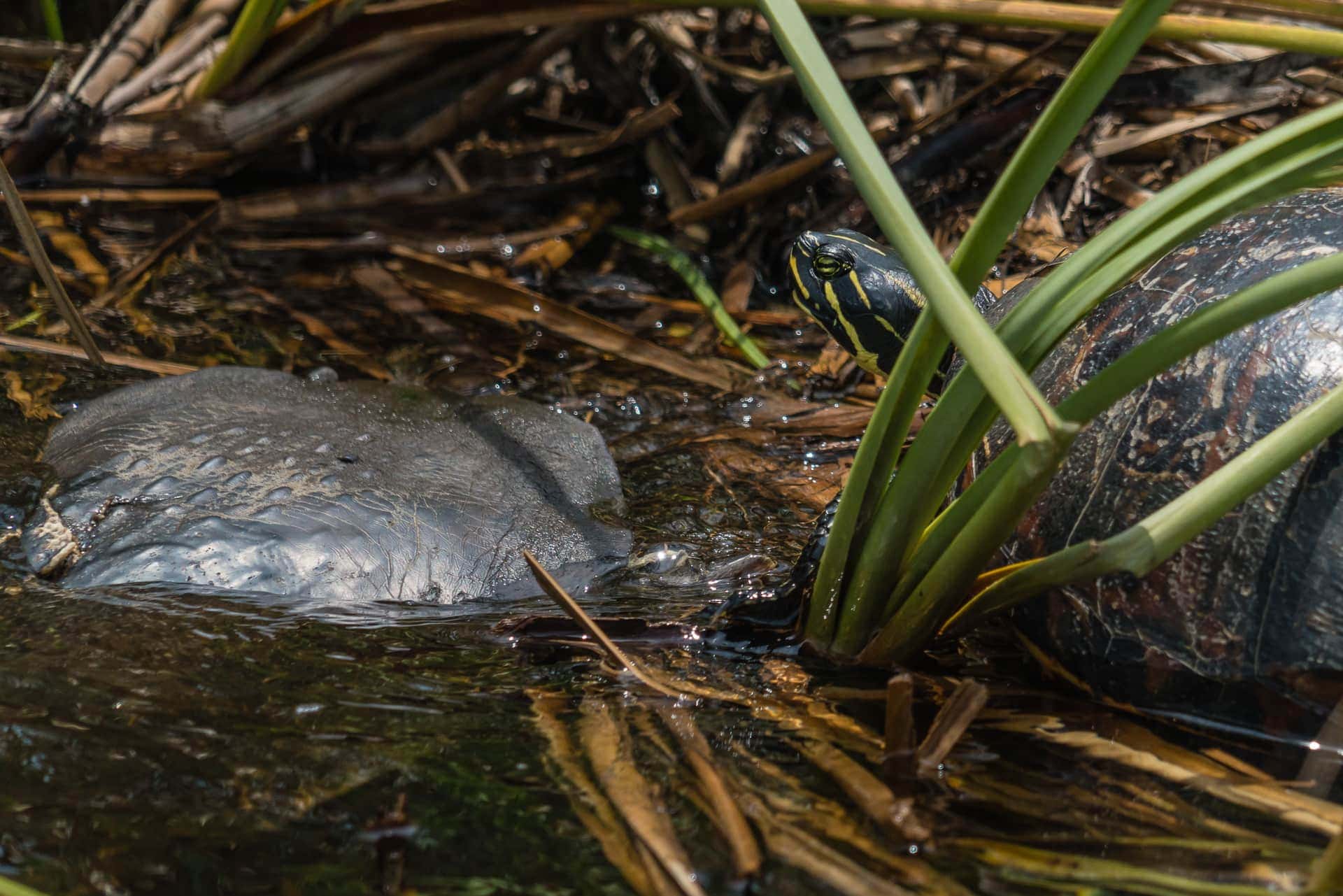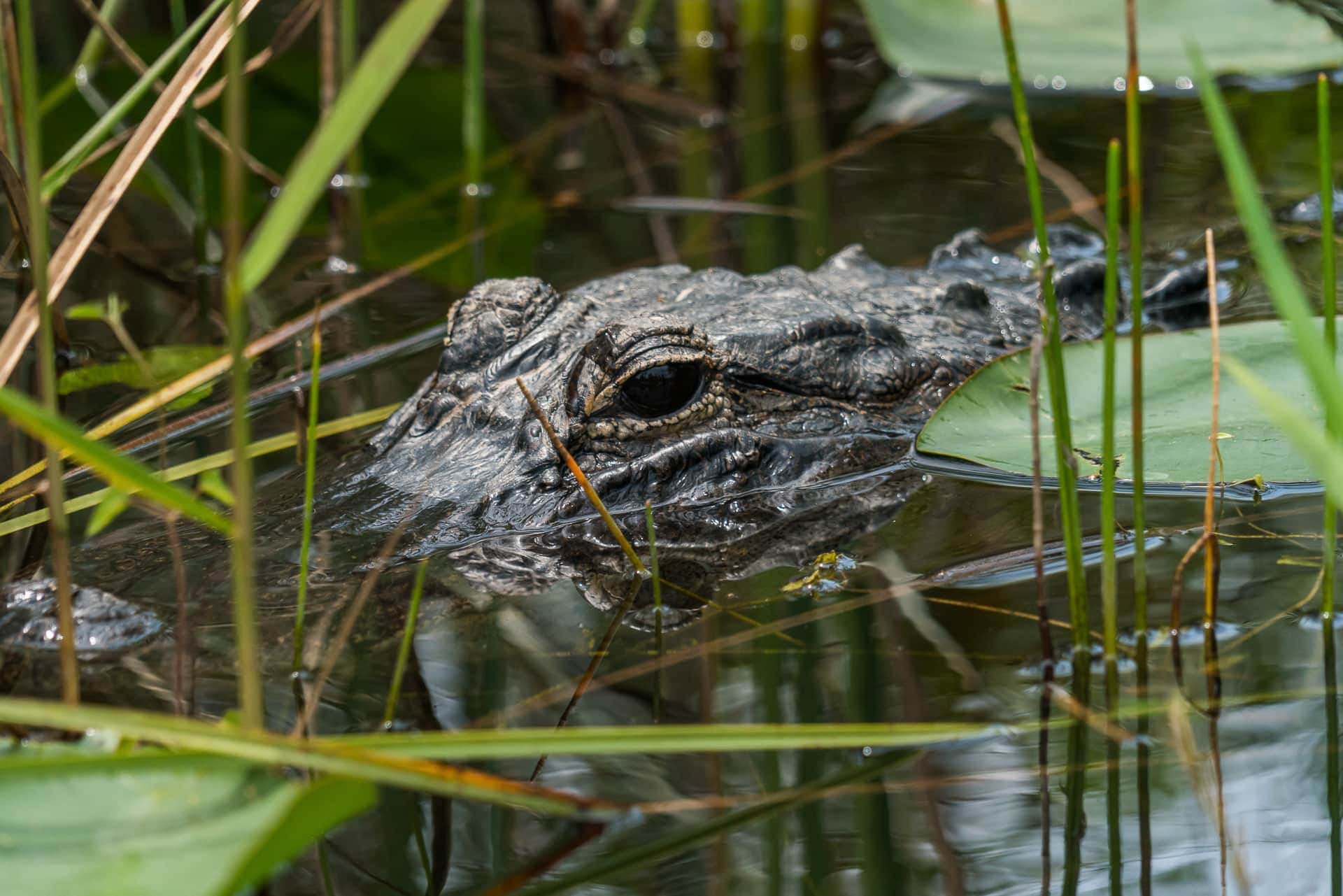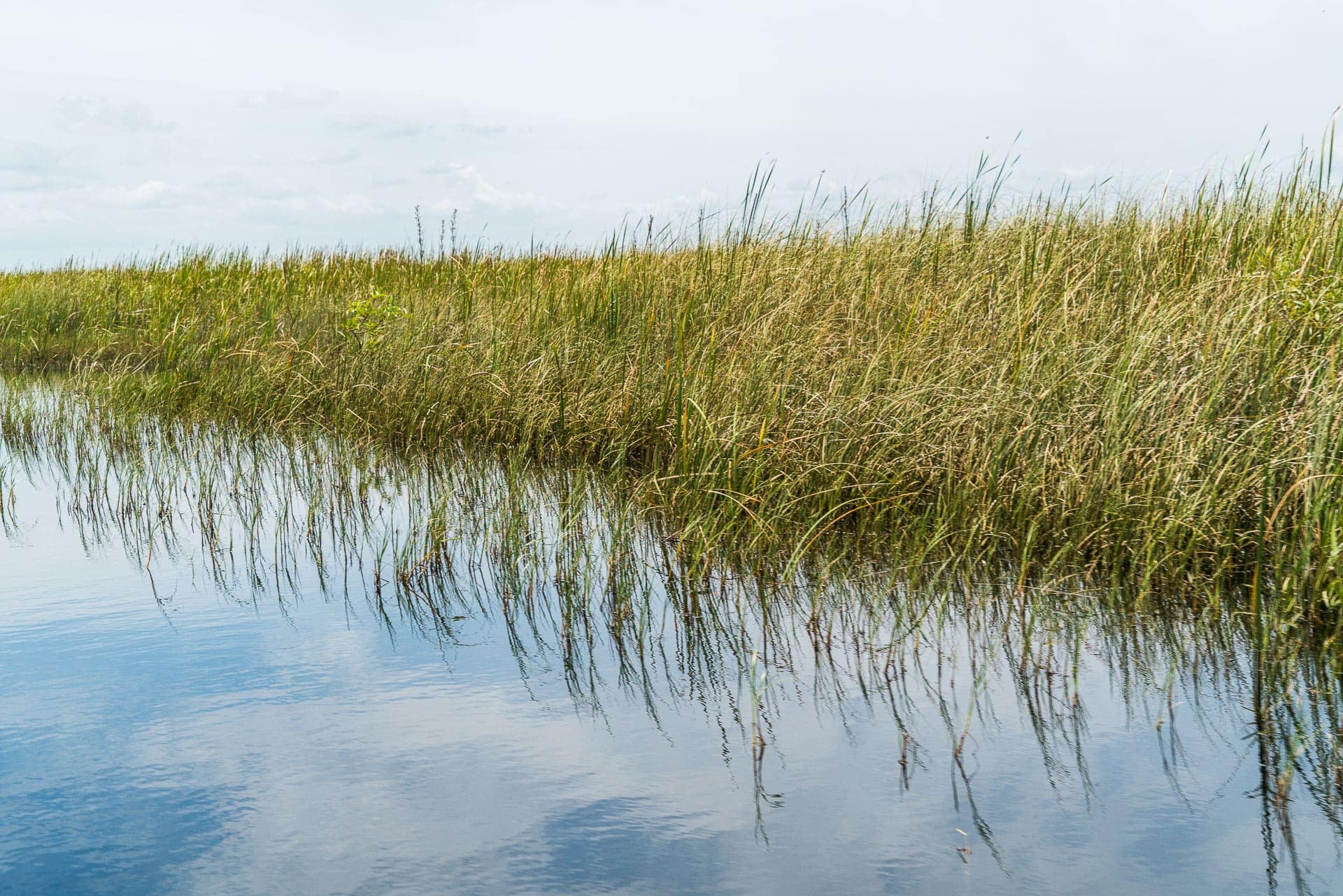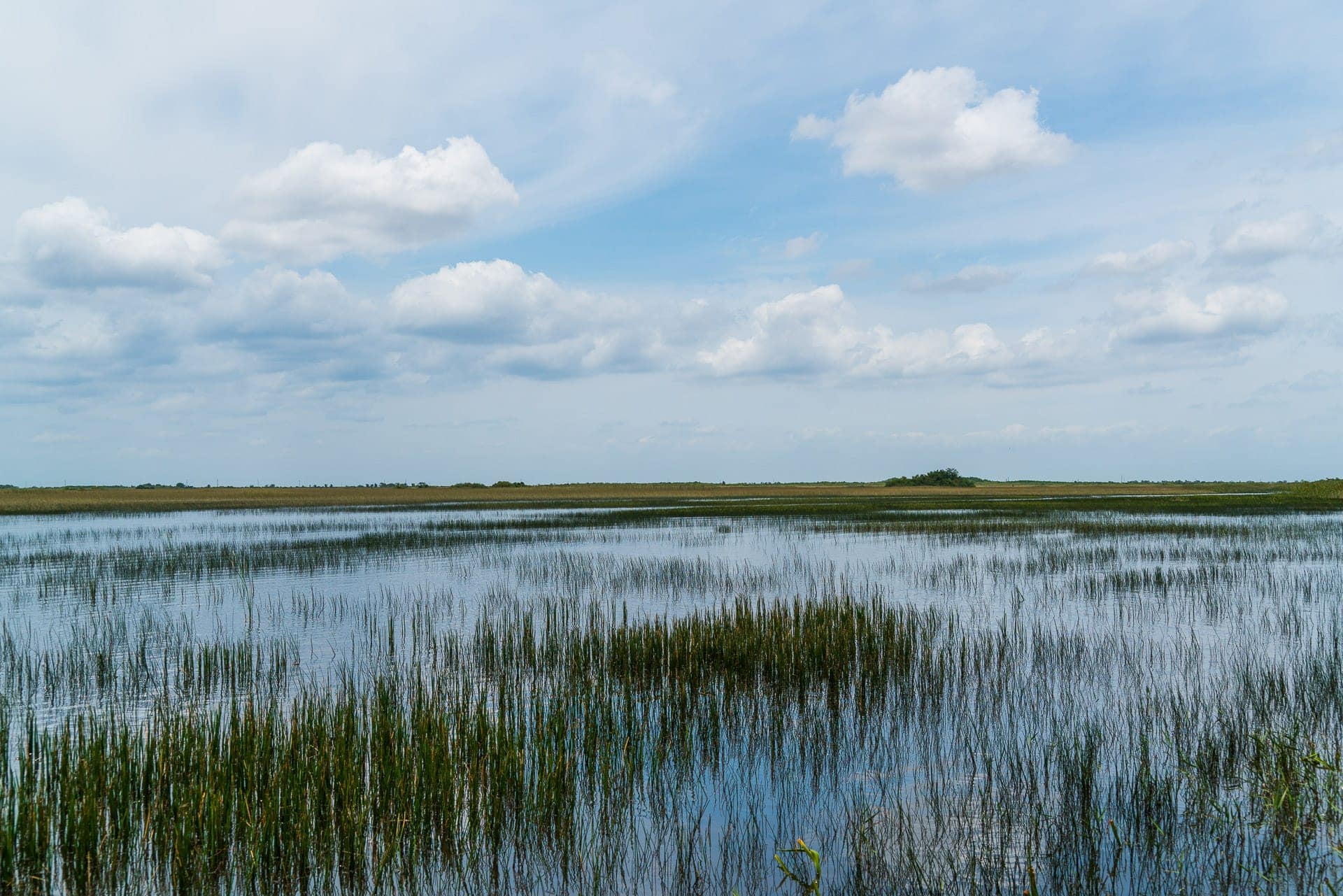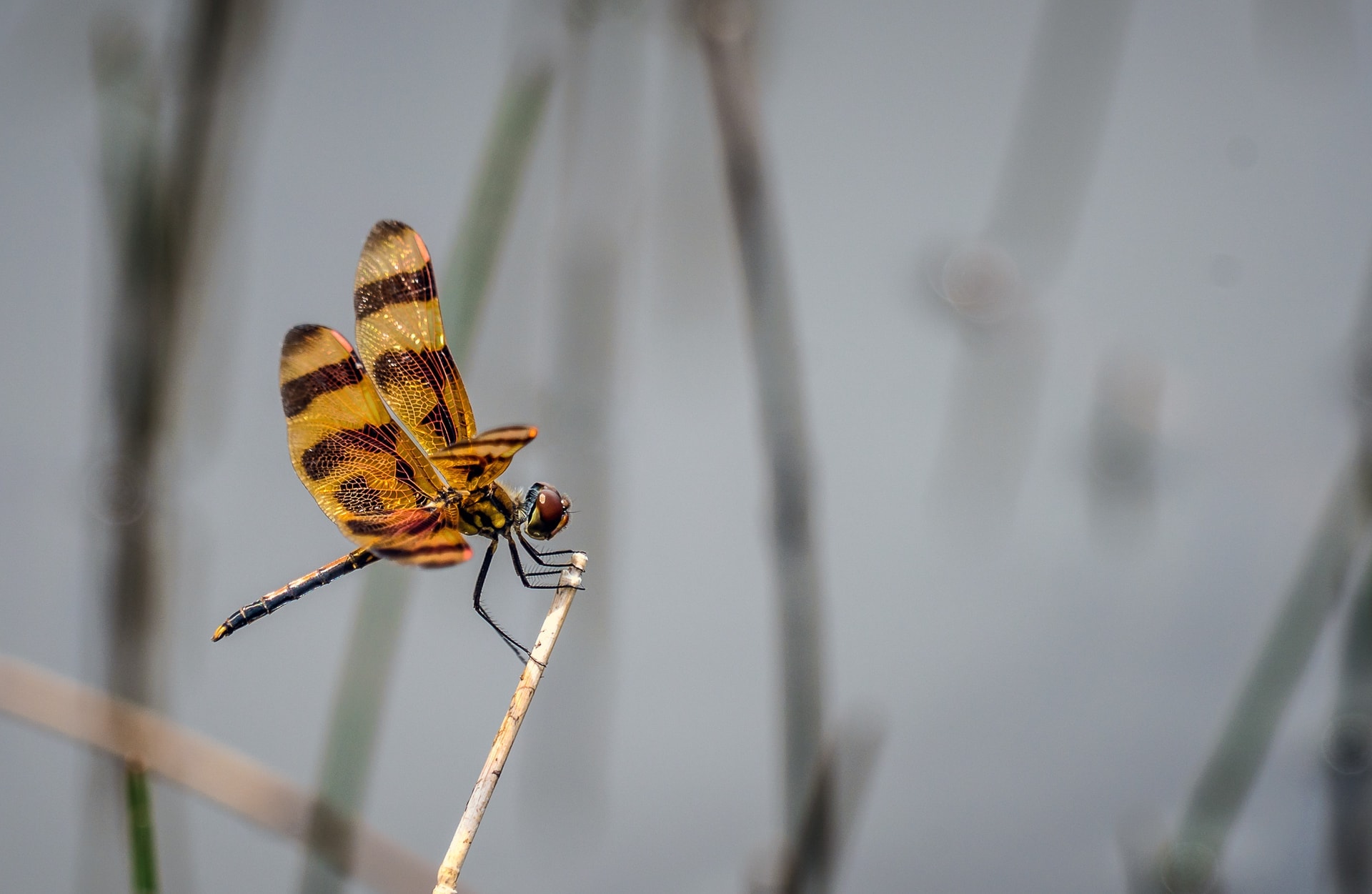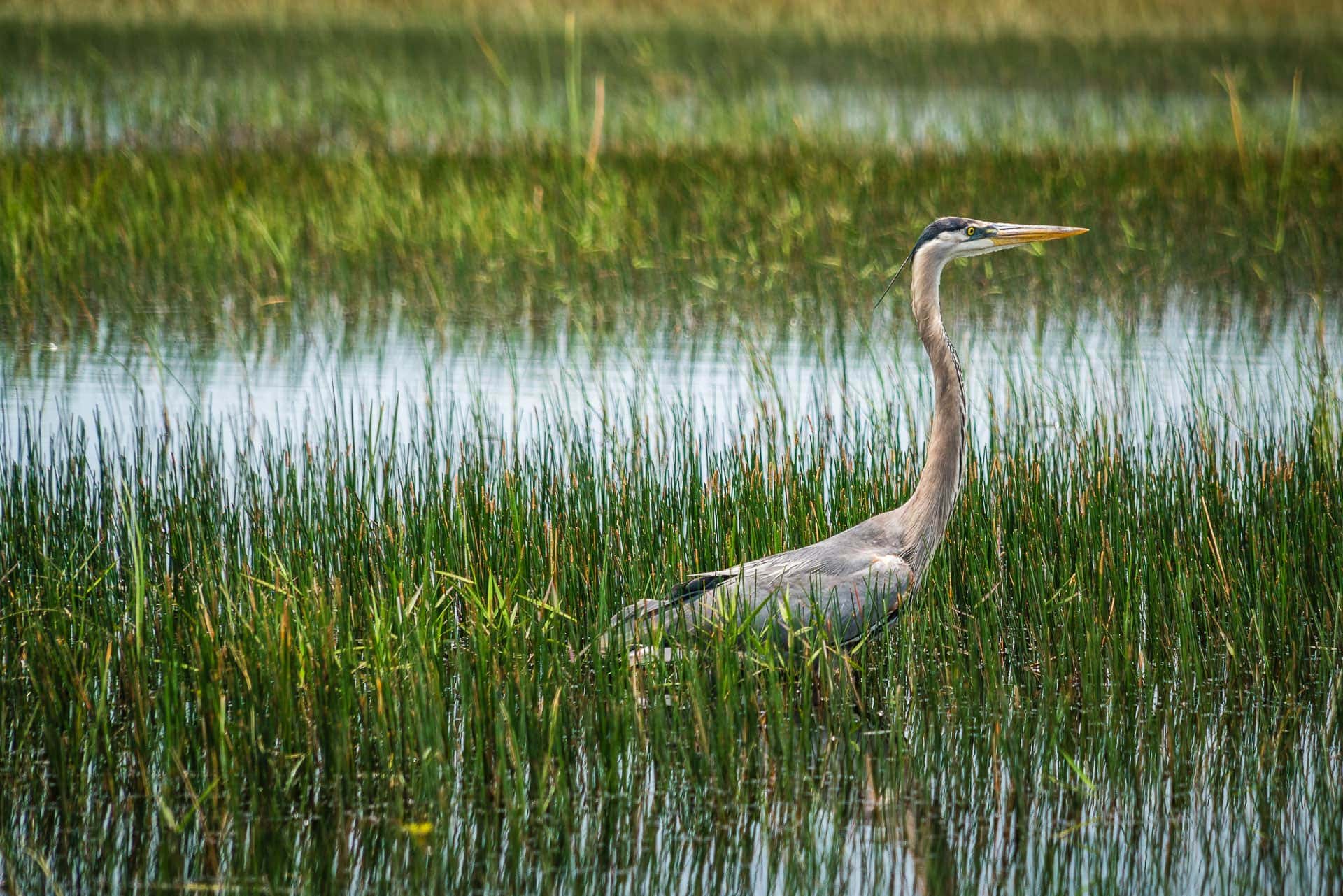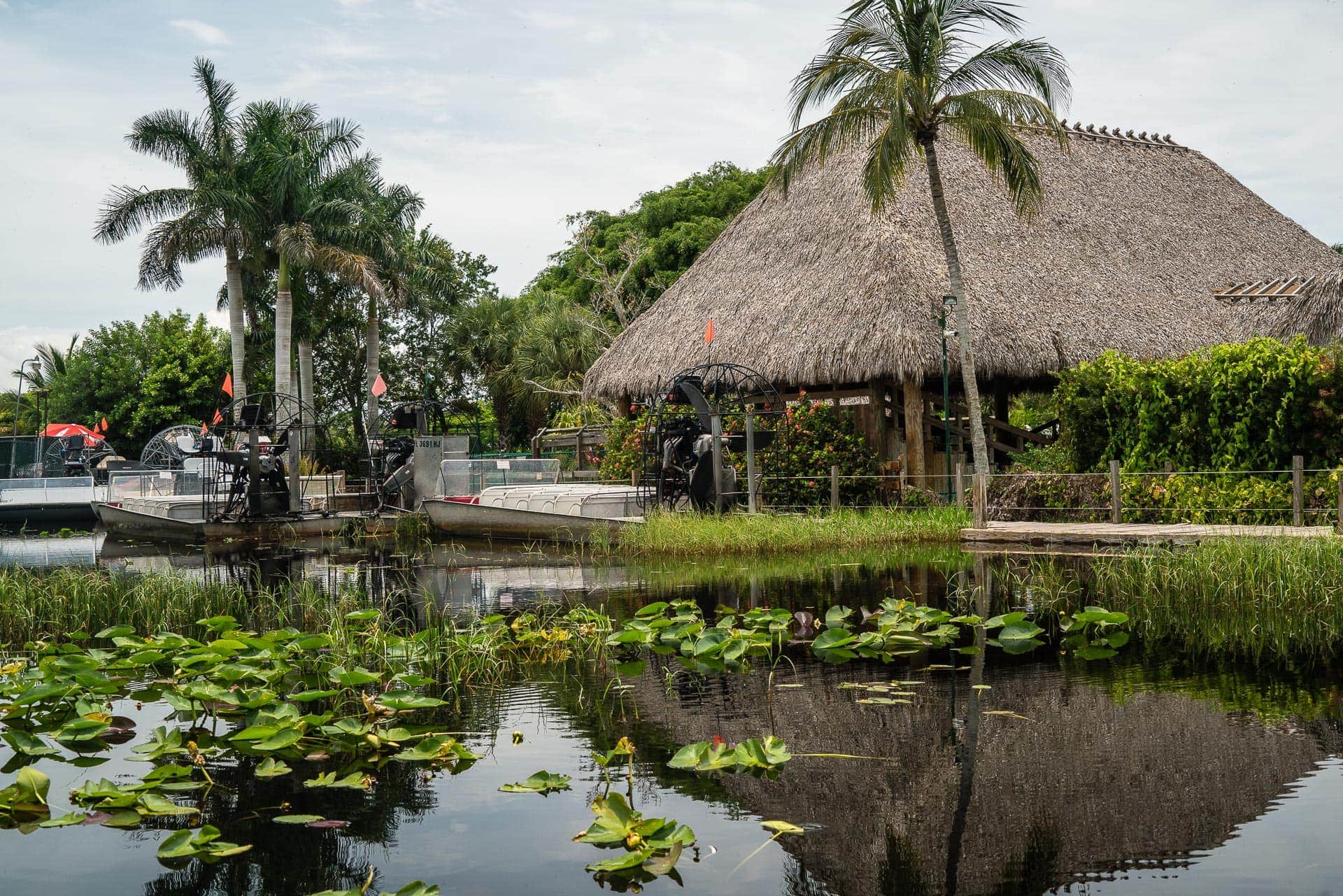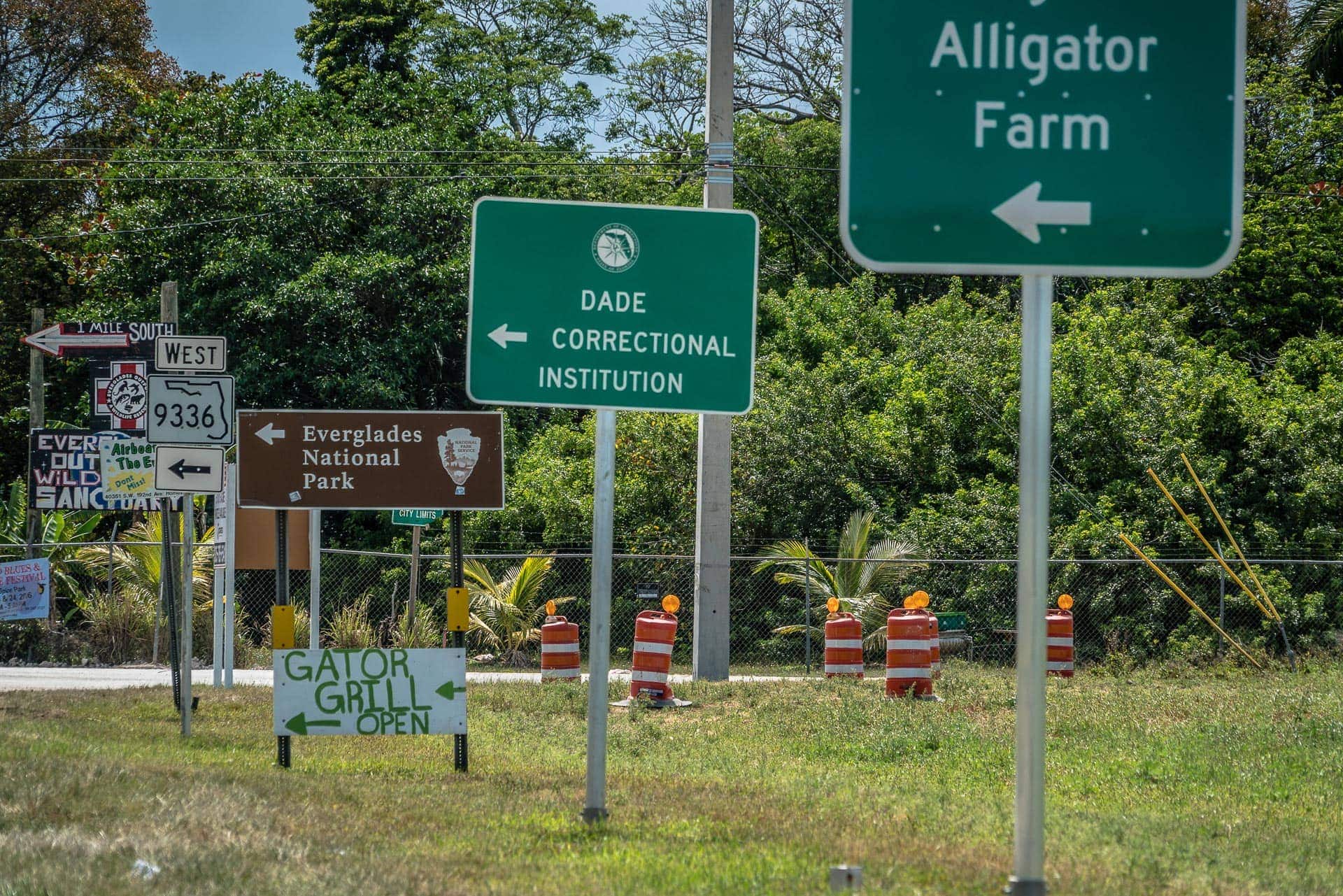
02 Jun Biophilia: Now or Neverglades
PHOTOGRAPHED & WRITTEN BY MIKEAL BELAND
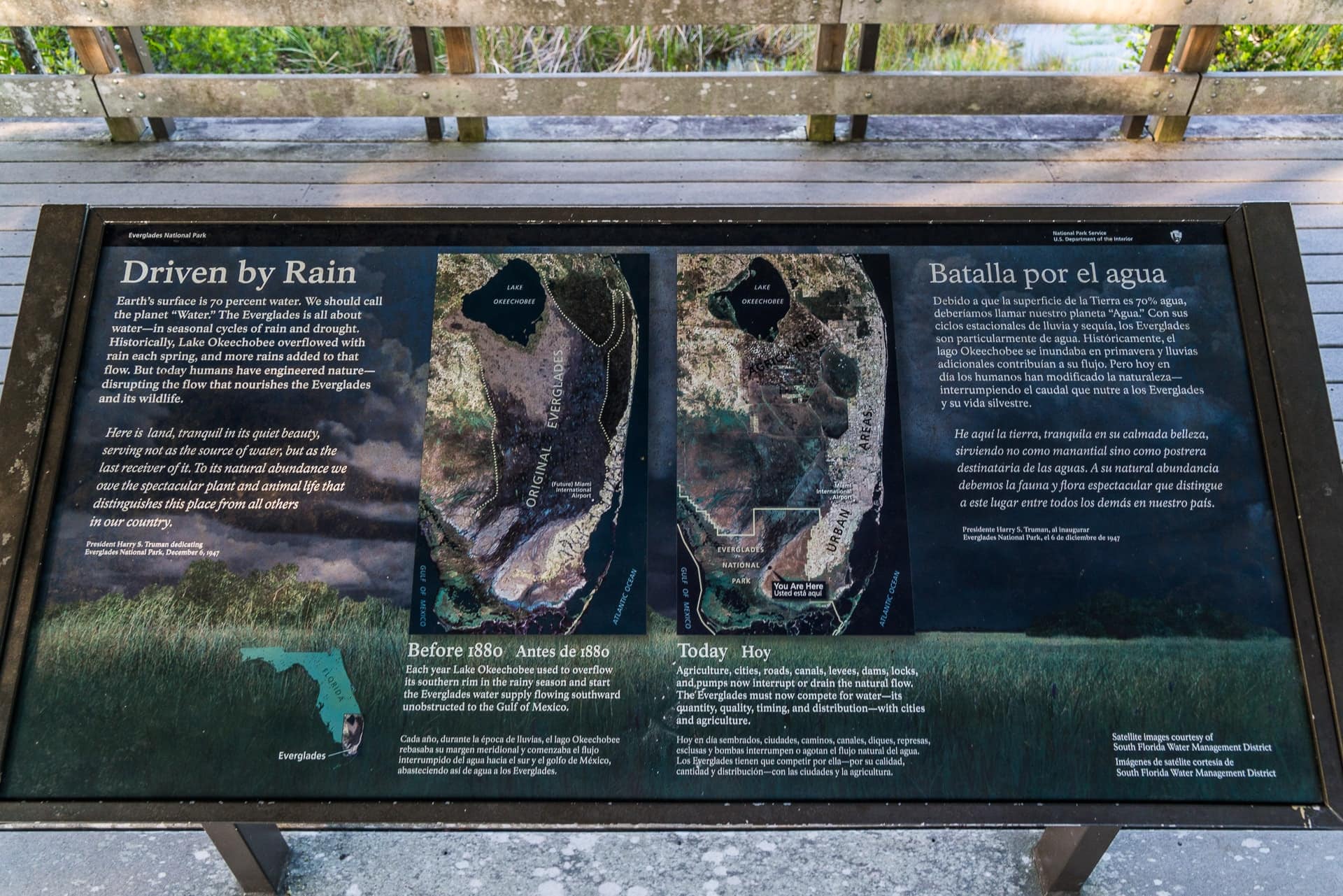
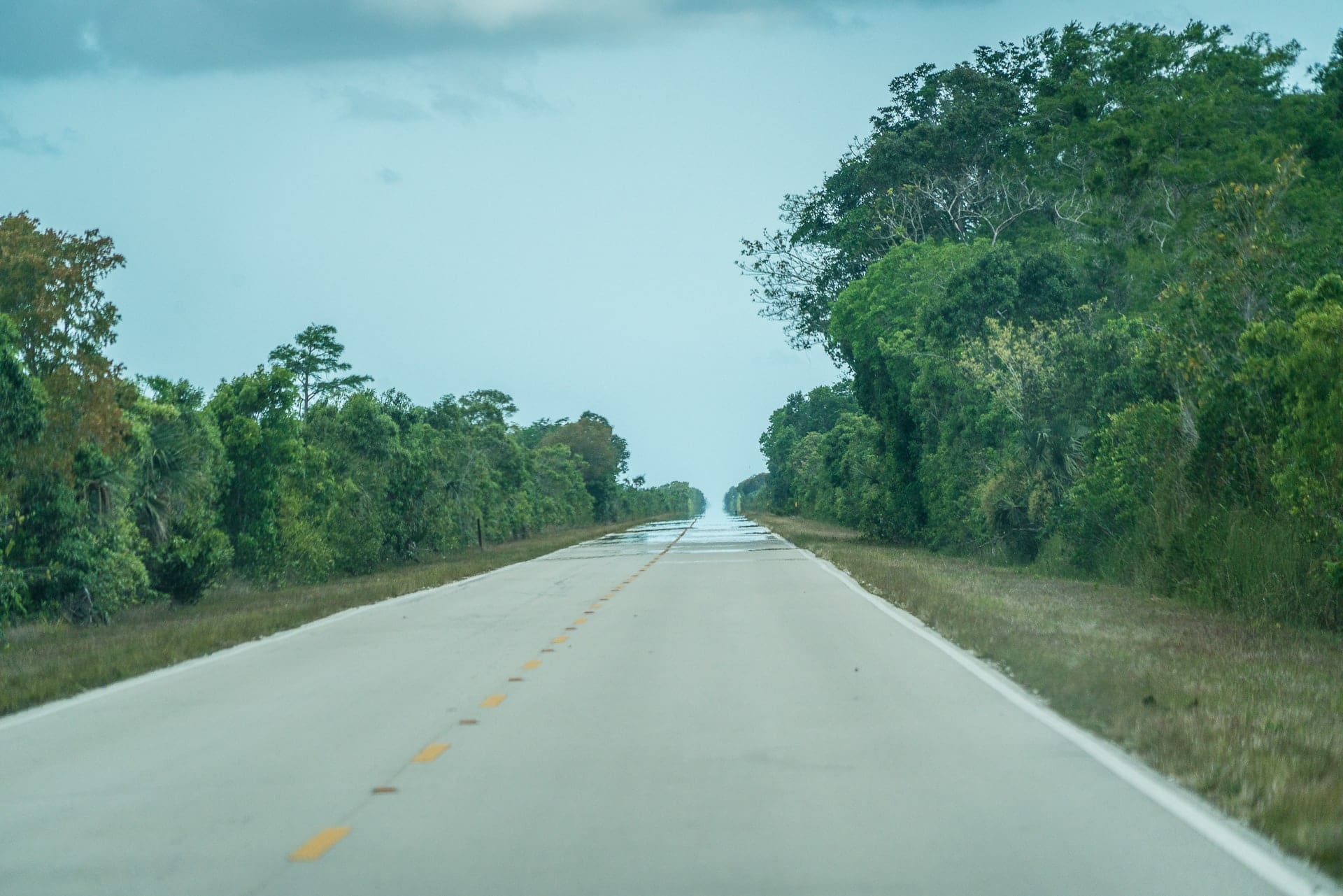
Of all the National Parks in the United States, The Everglades is ground zero for climate change. If melting patterns in the poles continues at projected rates, a 6 foot ocean rise would completely envelop Southern Florida and the majority of its coastline. The billions of dollars in ocean-side property losses would be catastrophic, but losing one of the largest and the world’s slowest rivers, a World Heritage Site and one of the most unique environments in North America, could not be measured in insurance losses.
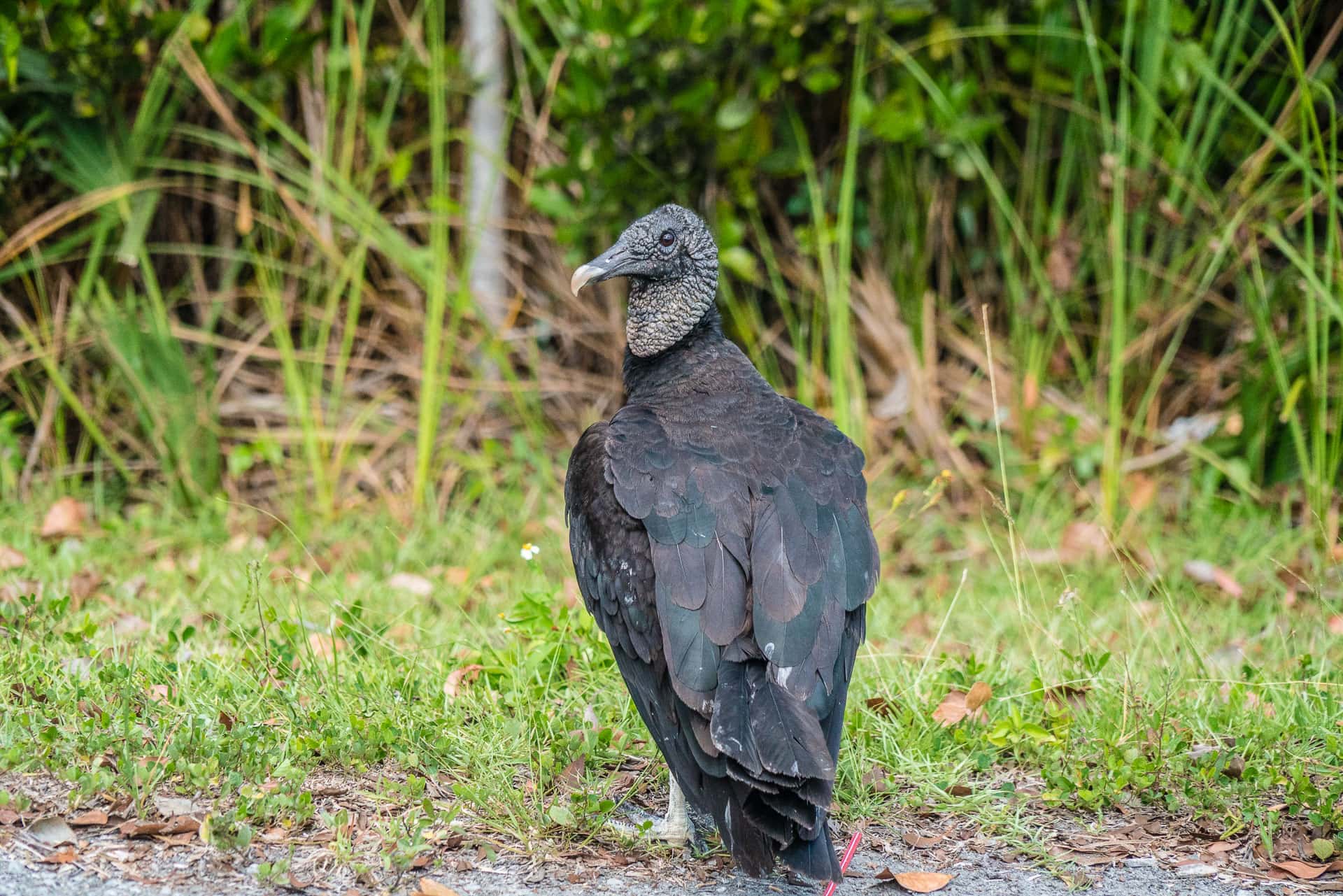
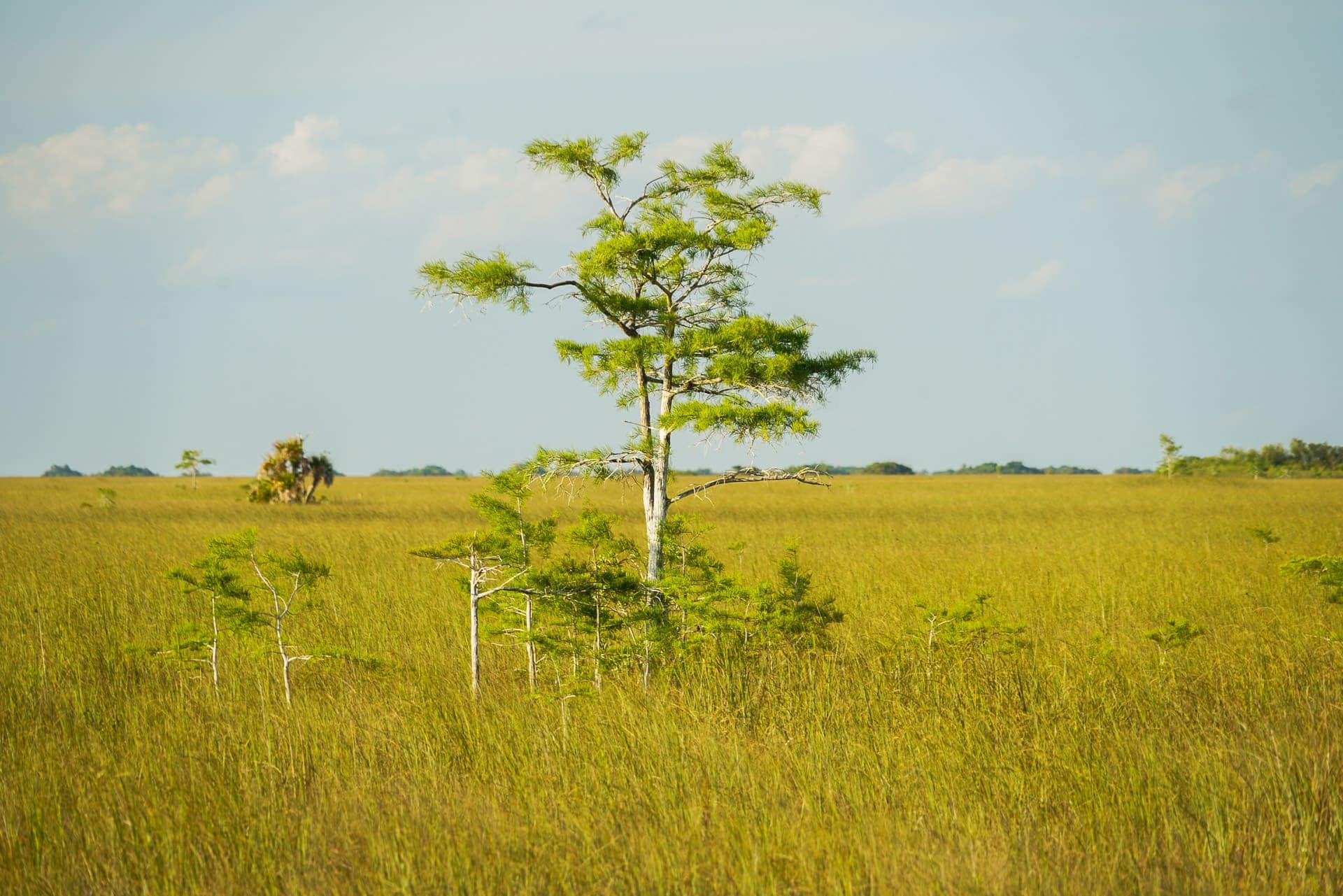

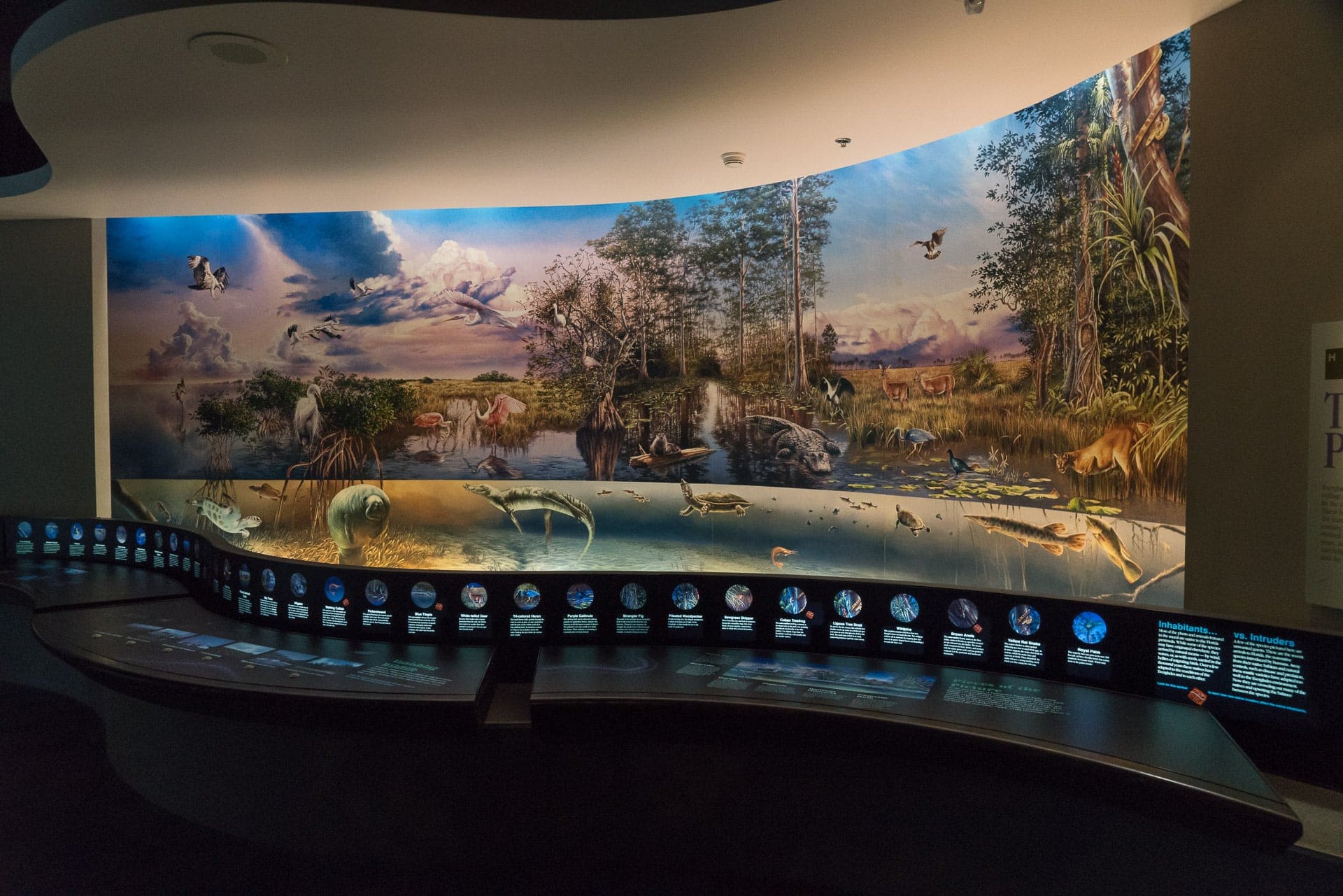
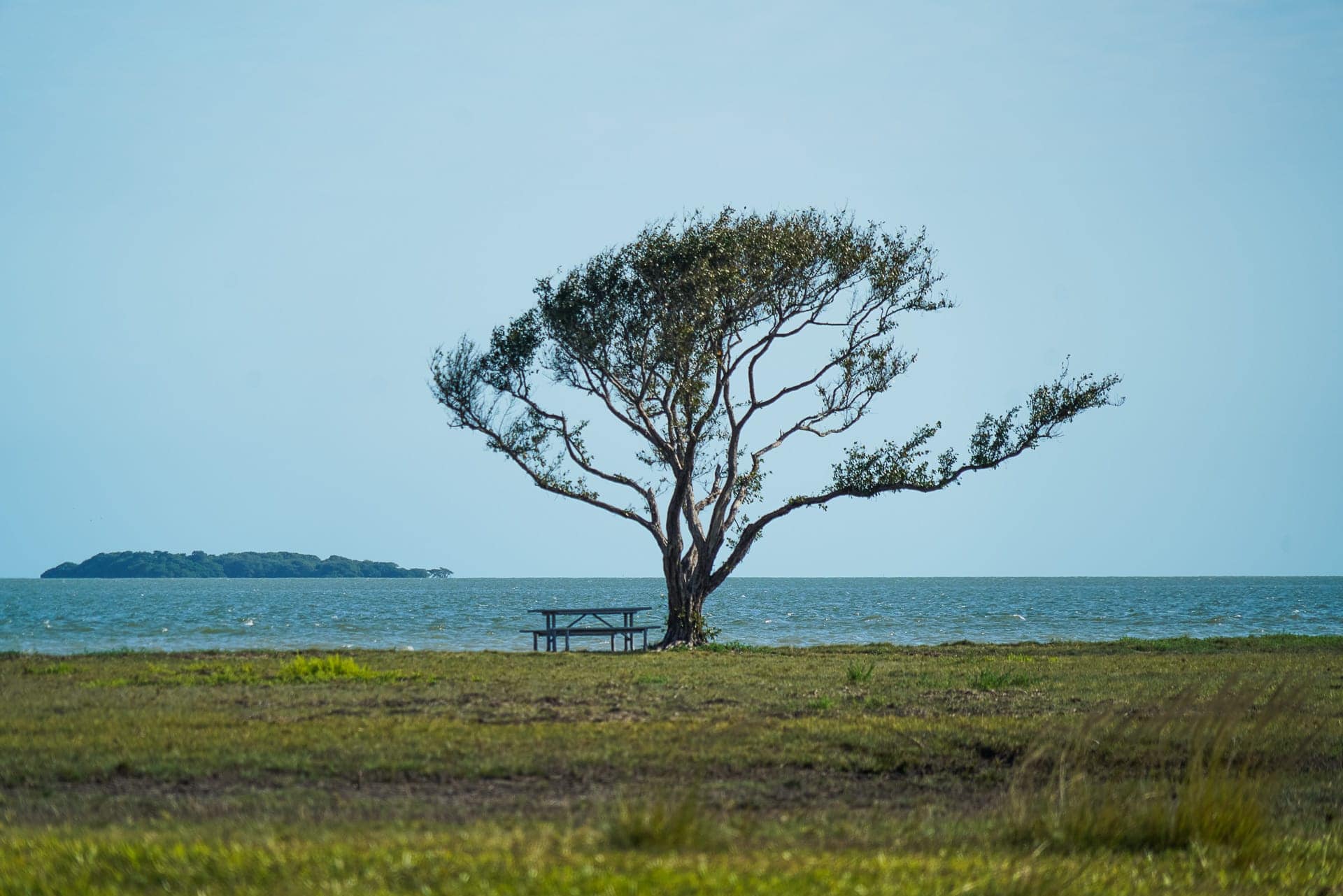
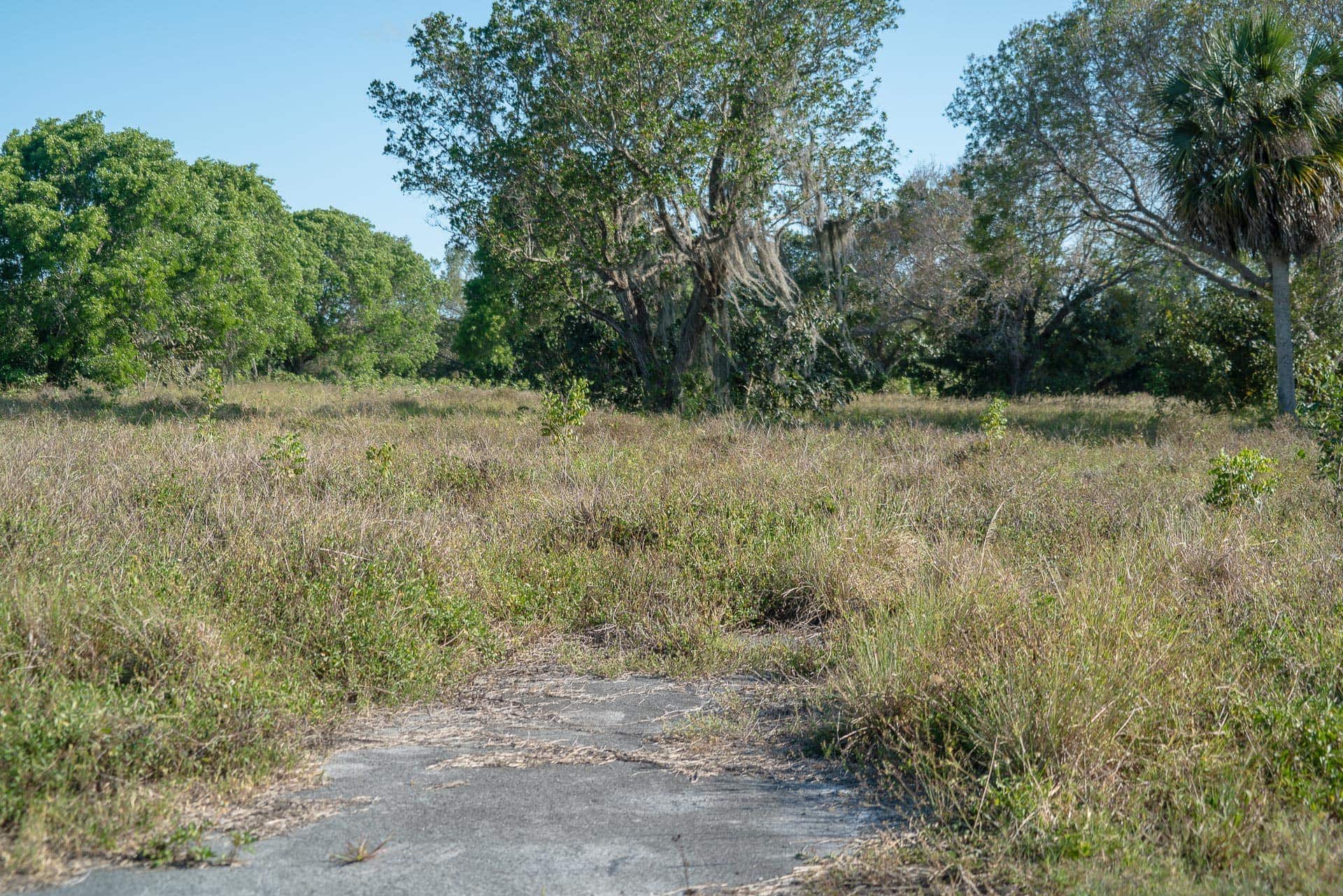
Affected by two direct hit hurricanes in 2005, the Flamingo Bay visitor center, campground, and coastal trails were devastated and never fully recovered. Both were relatively desolate with only bare minimum services being offered.
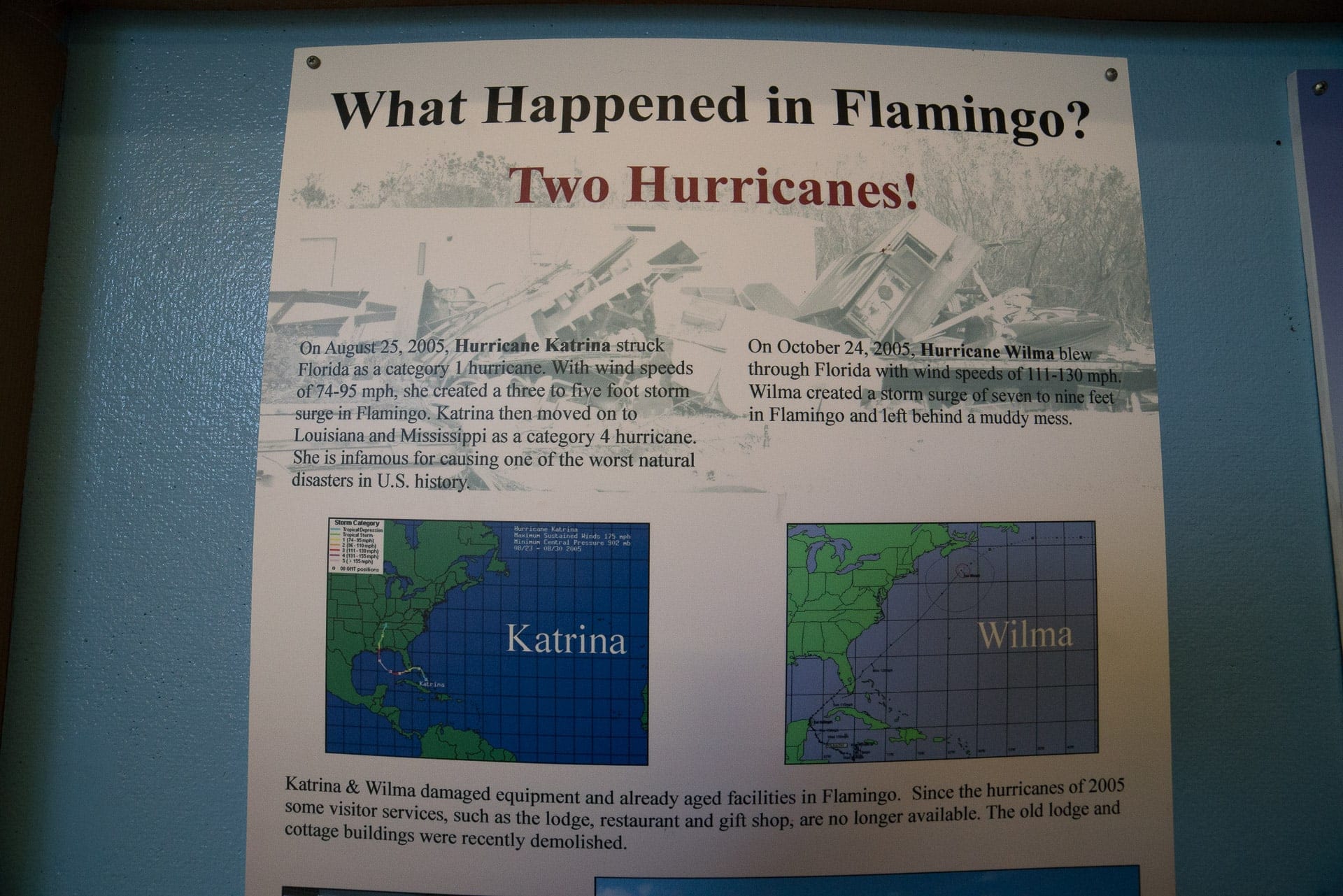
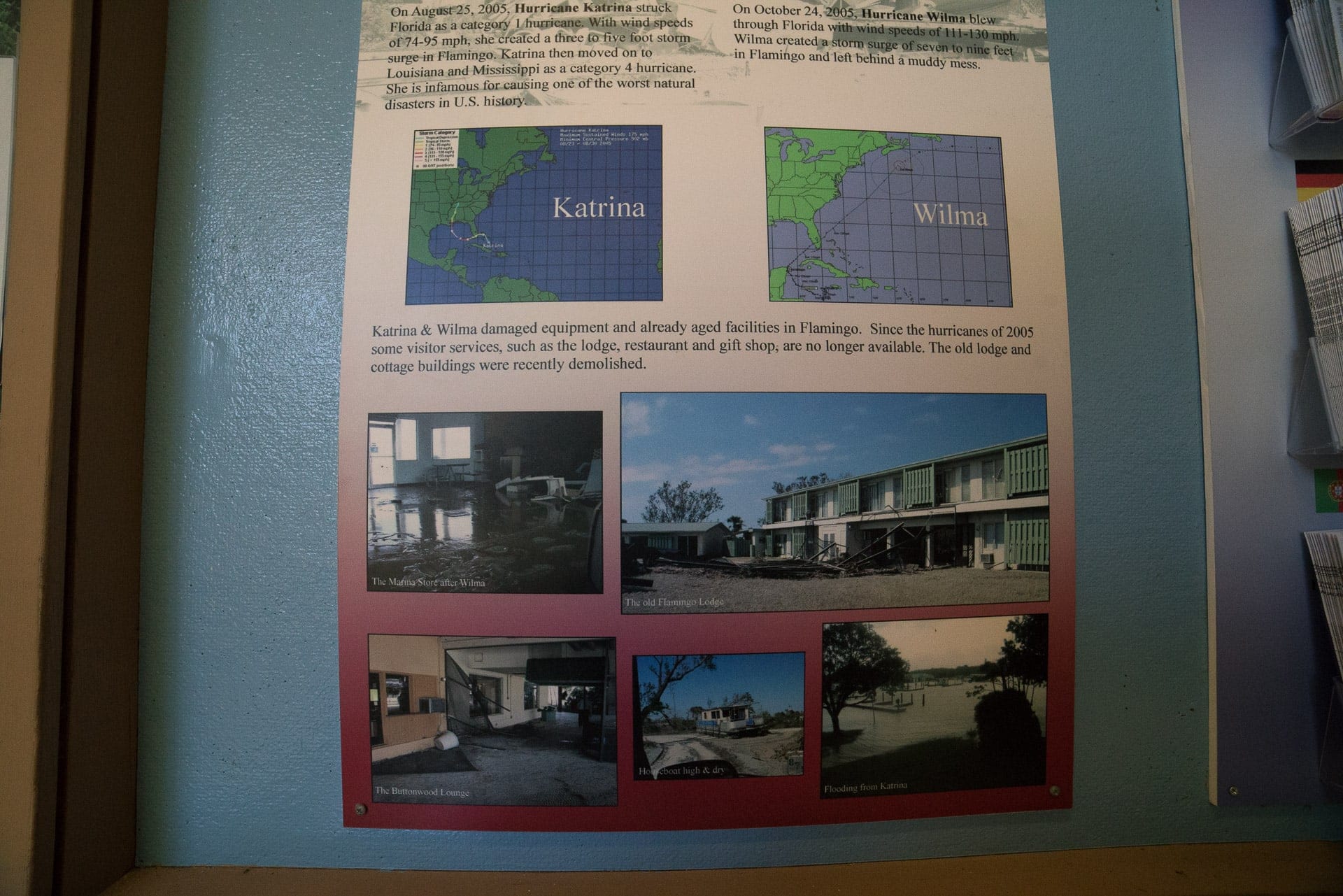
Lightning strikes have caused fires in the hardwood hammock forests in the north central region of the park.
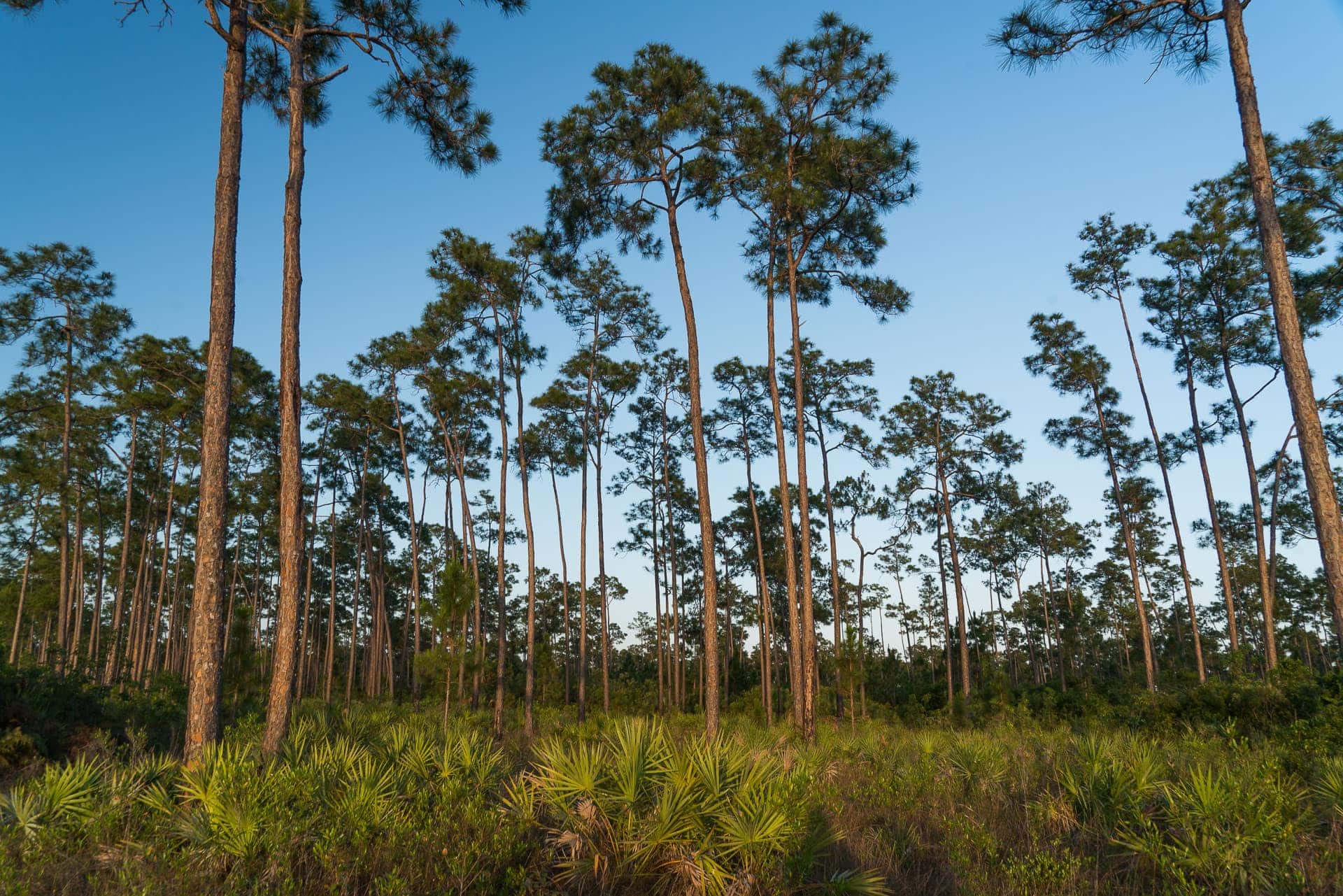
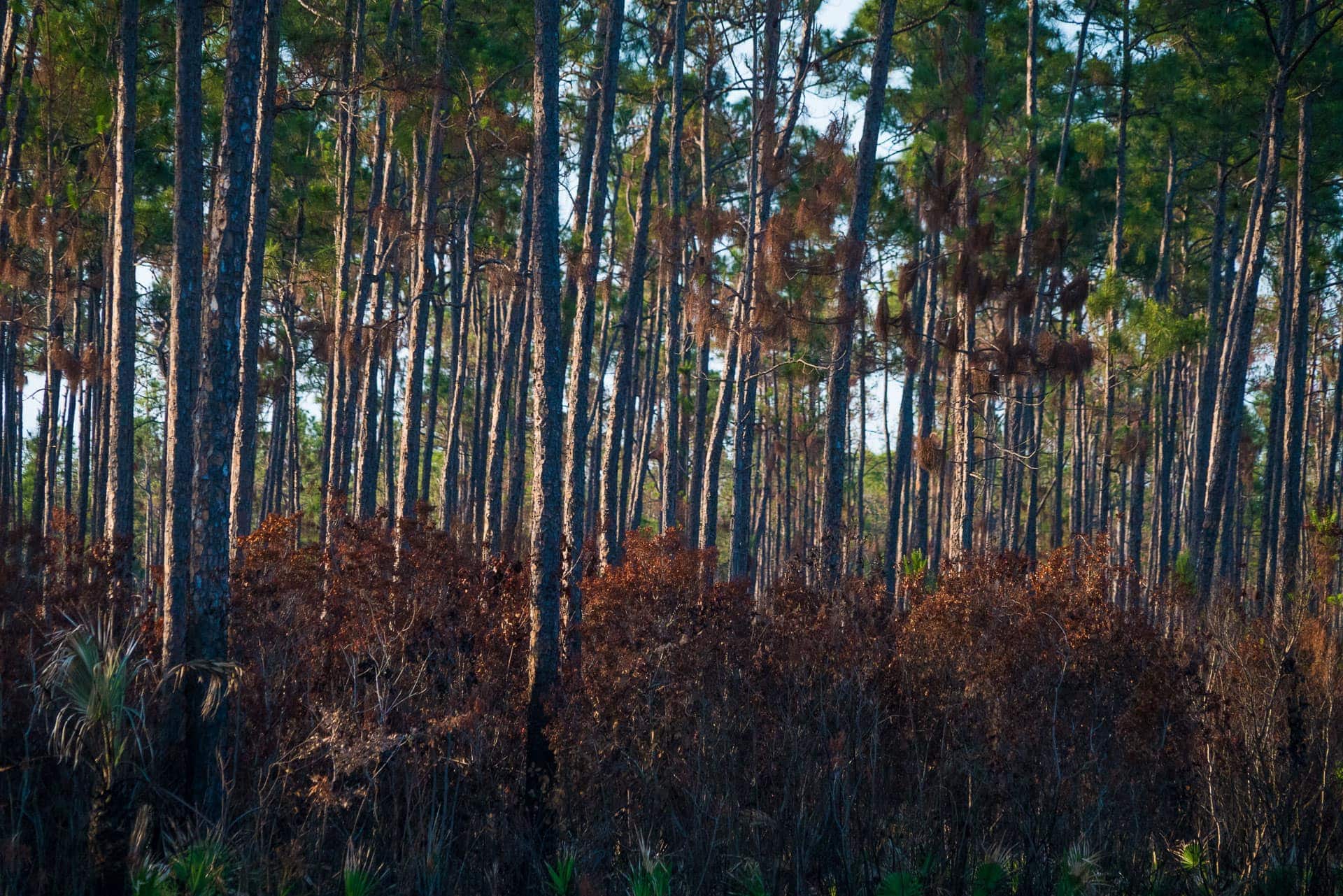
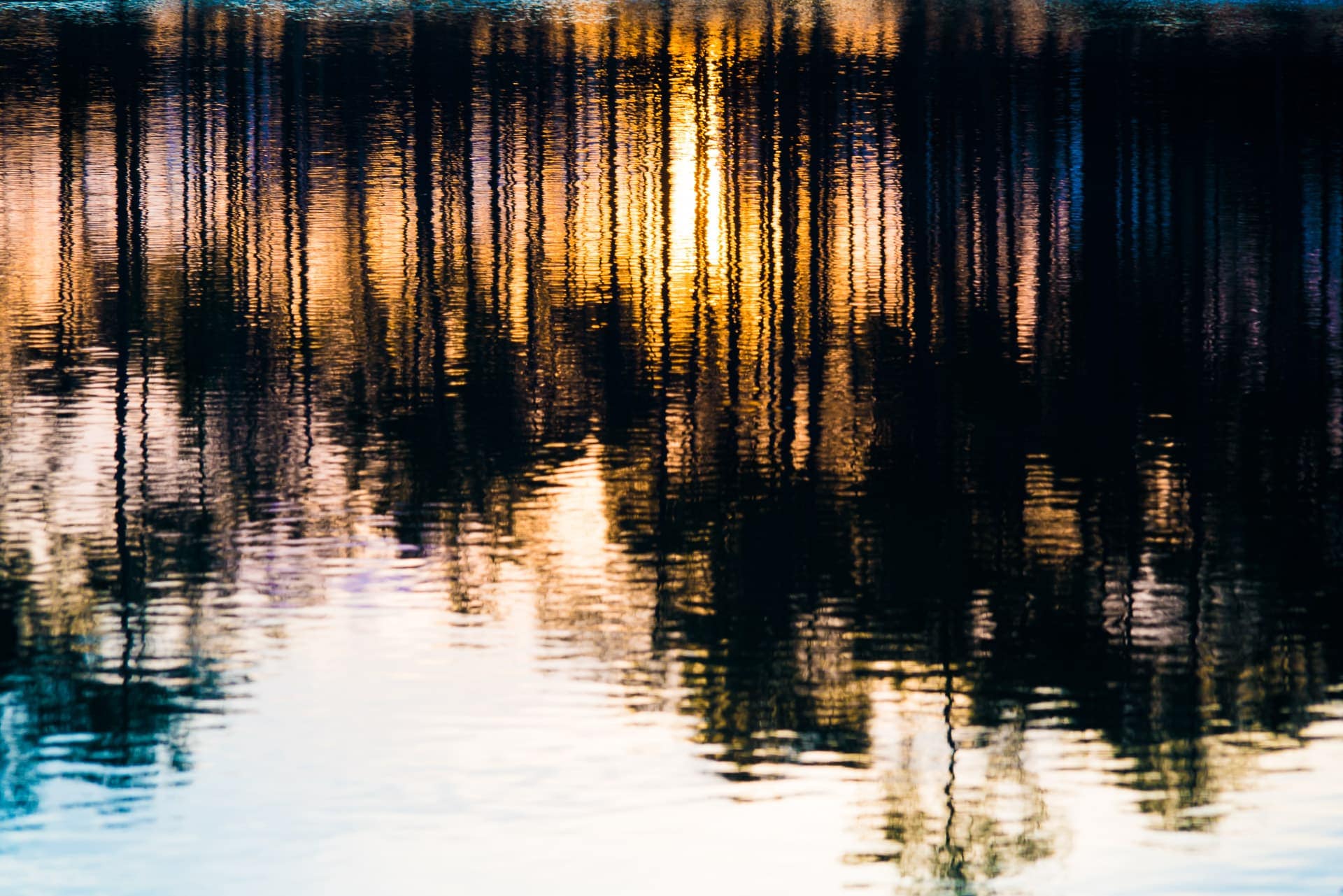
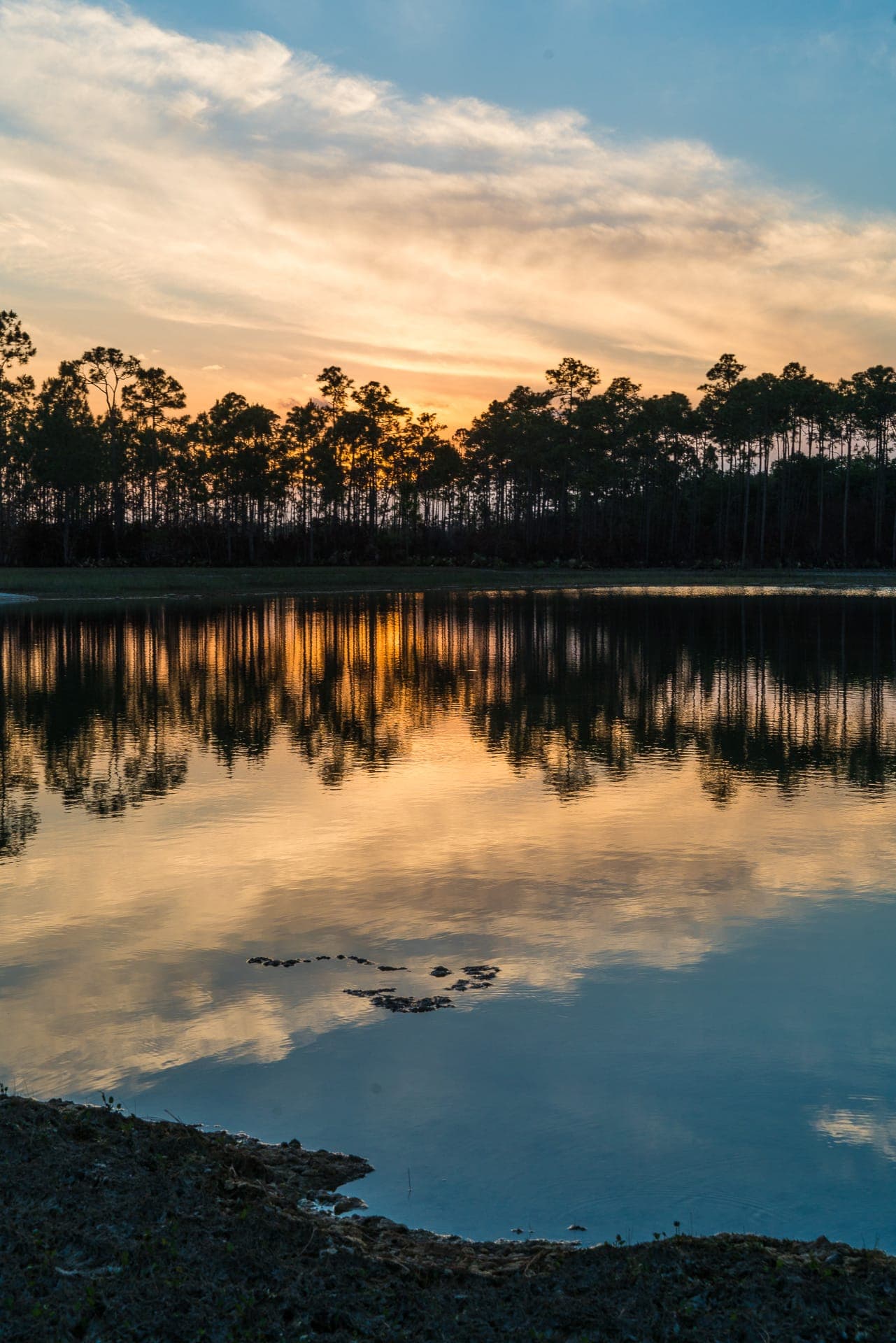
Many mistakes have been made trying to manage Florida’s natural resources to coexist with expanding agricultural and urban expansion. Starting with canals and water diversion from Lake Okeechobee to the coast, the natural flow has been disrupted and entangled in a political struggle between competing water use interests. The sugar industry bordering the lake, along with agricultural byproducts and pesticides have poisoned the lake and releases divert pollution along the waterways.
Reclamation efforts to restore the original flow have taken over the areas directly south of the sugar industry. These natural filtration areas hope to clean the water before arriving at the Everglades to the south. There are currently efforts under way for the state of Florida to buy the sugar industry land and covert it to restoration areas, but they have met political opposition from industry lobbyists and politicians. The future of this project remains uncertain.
